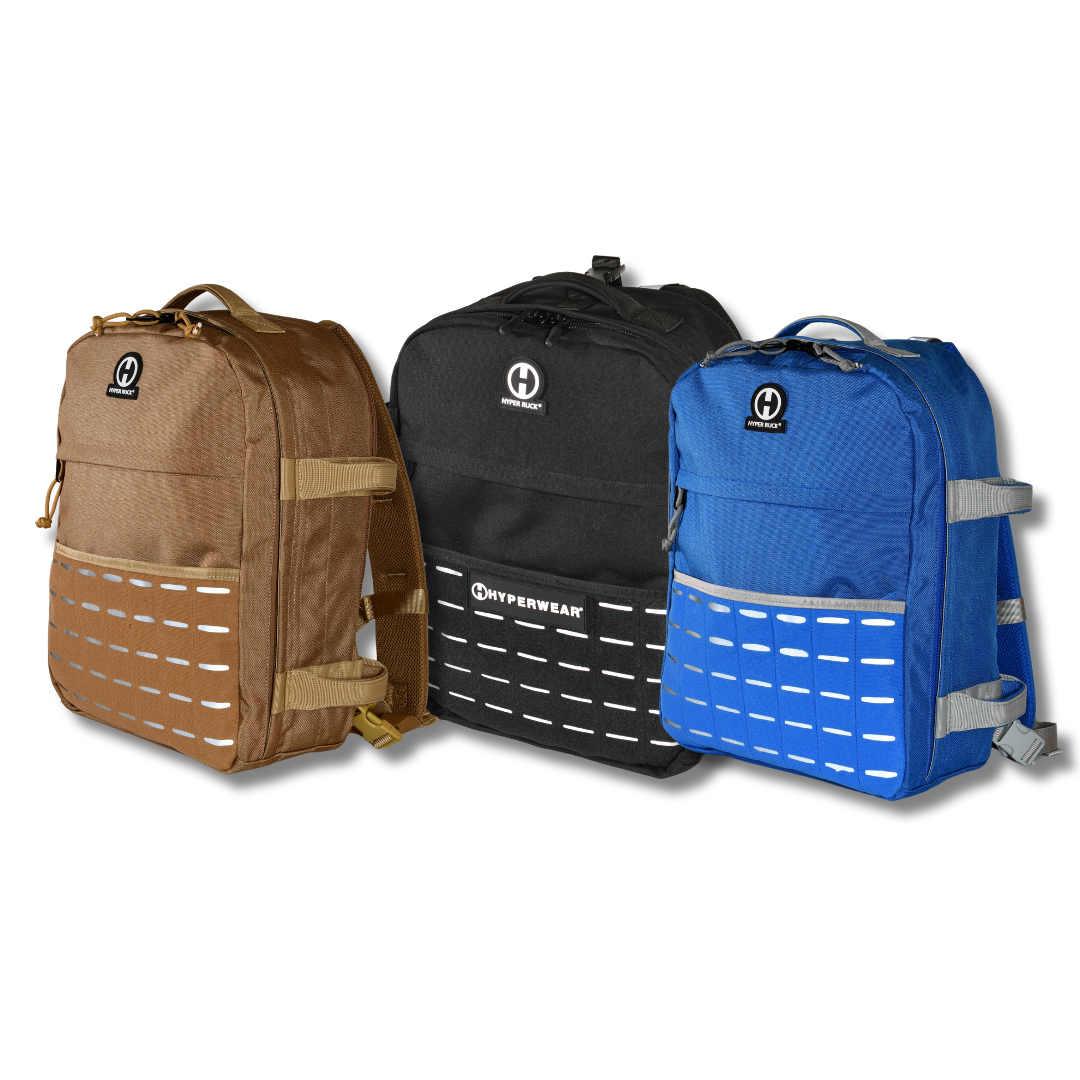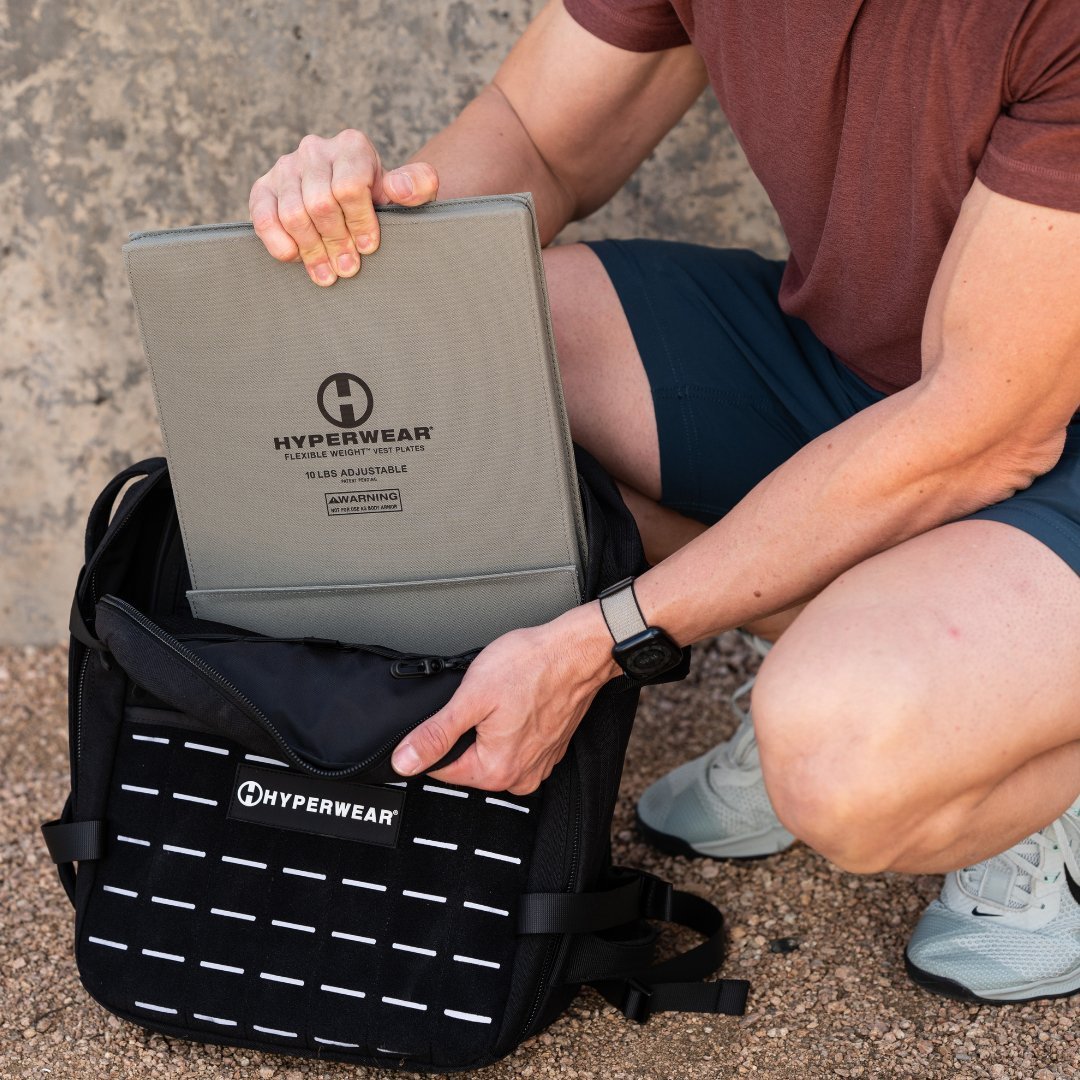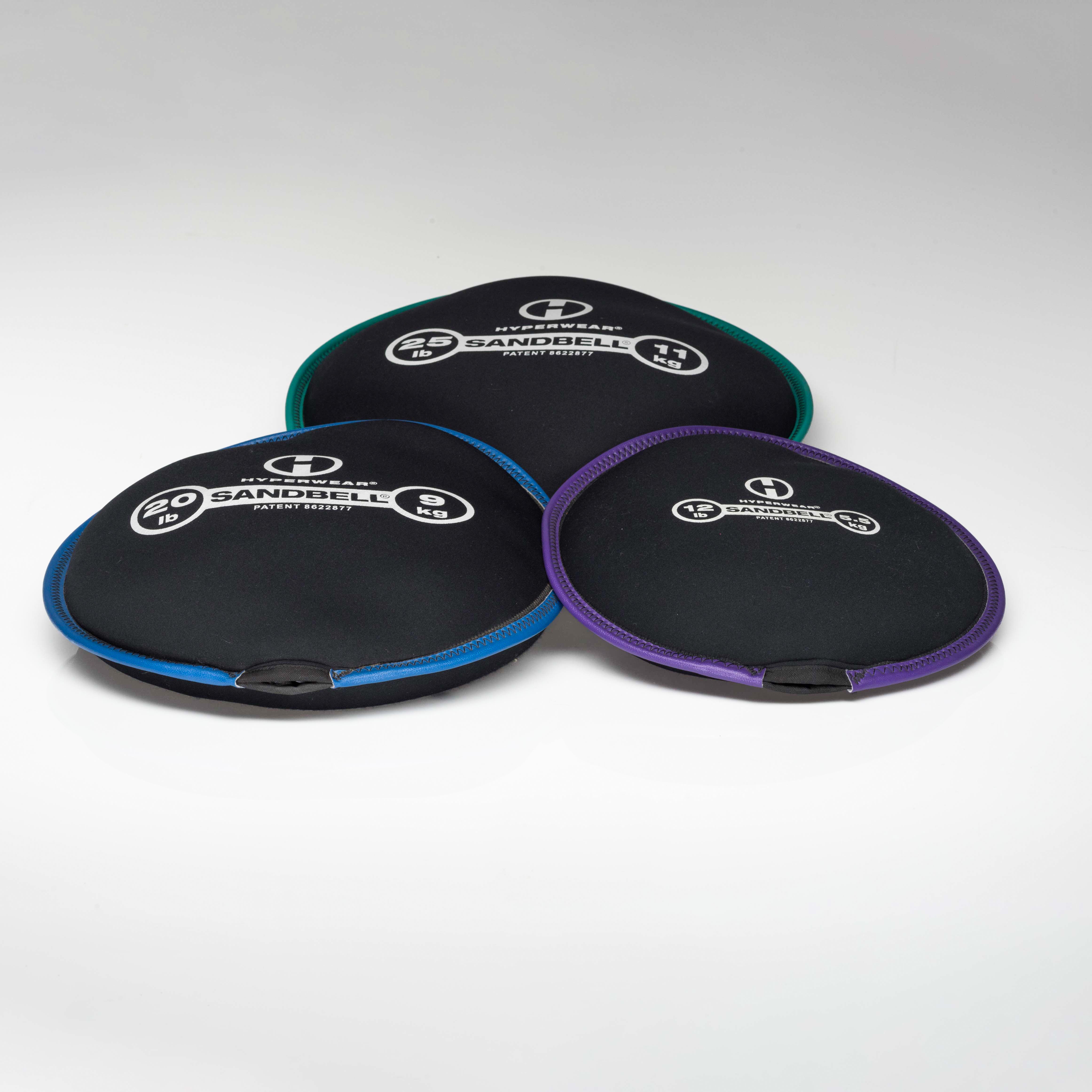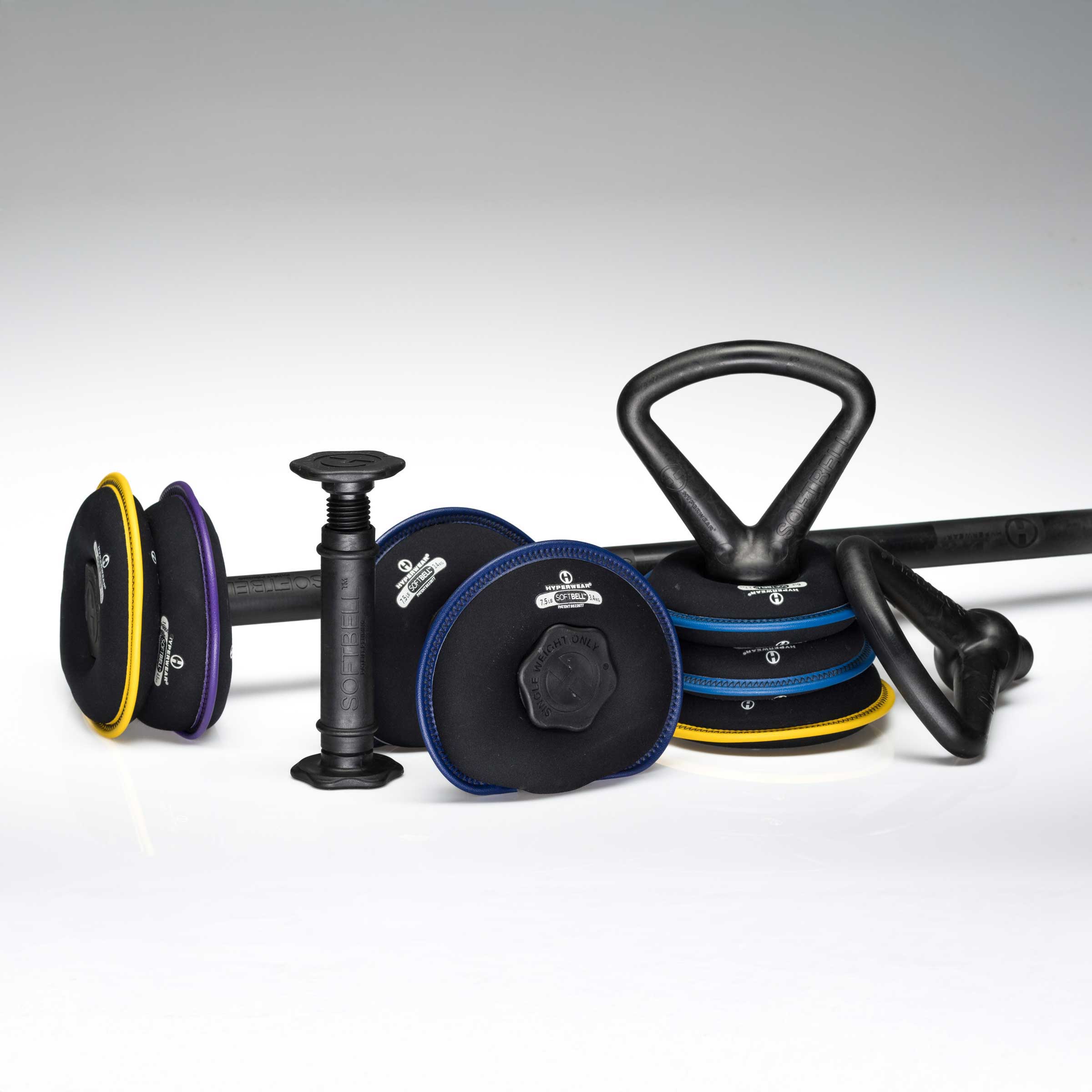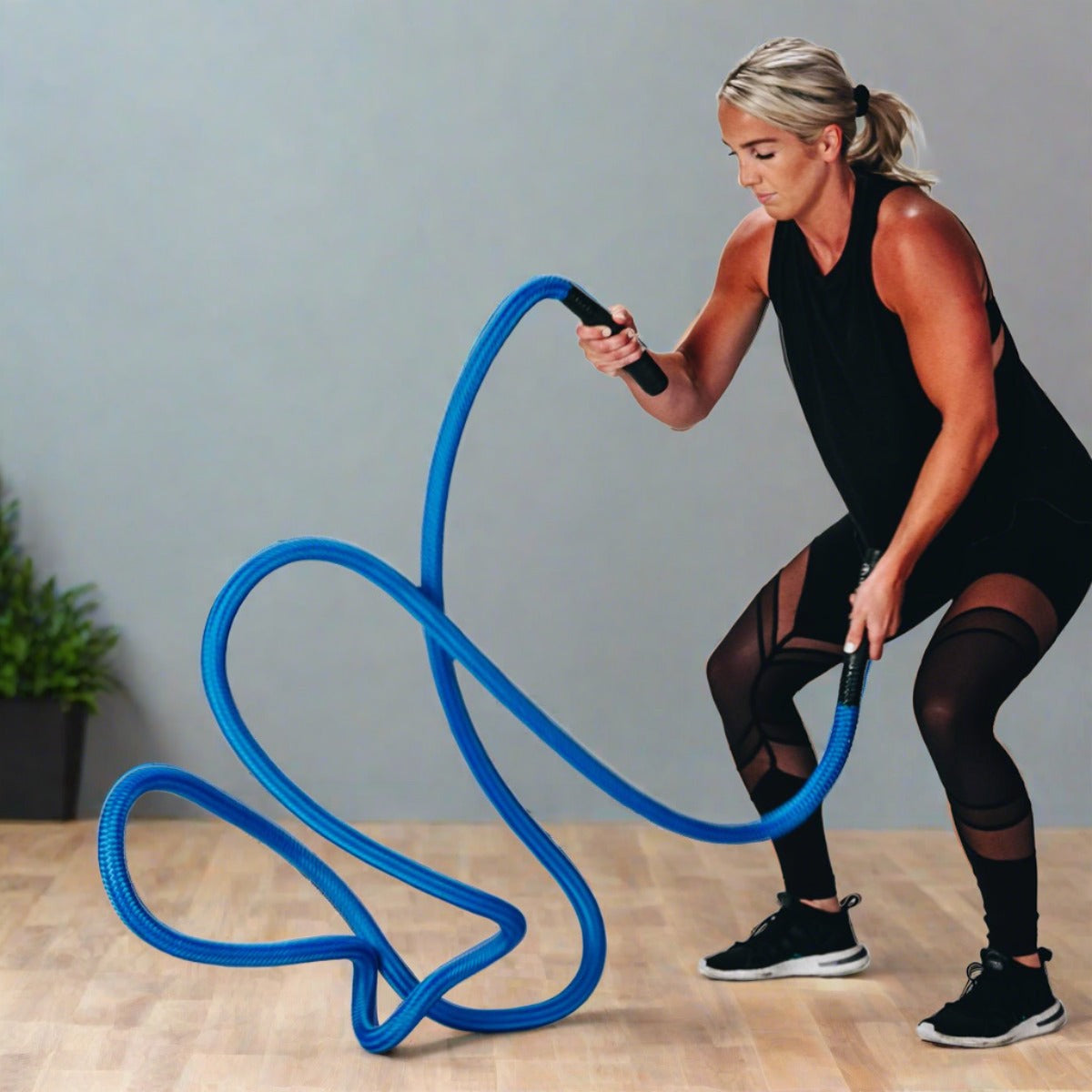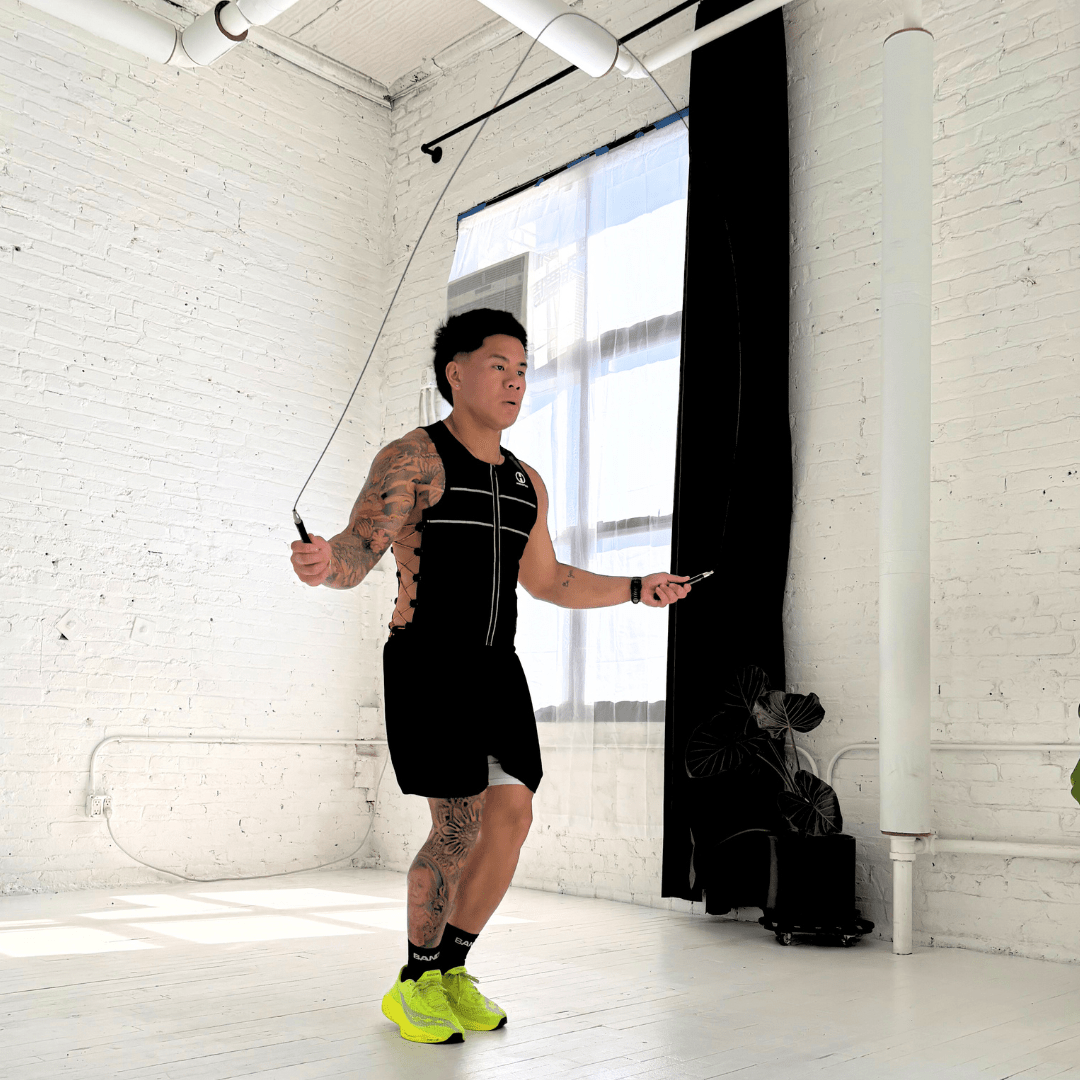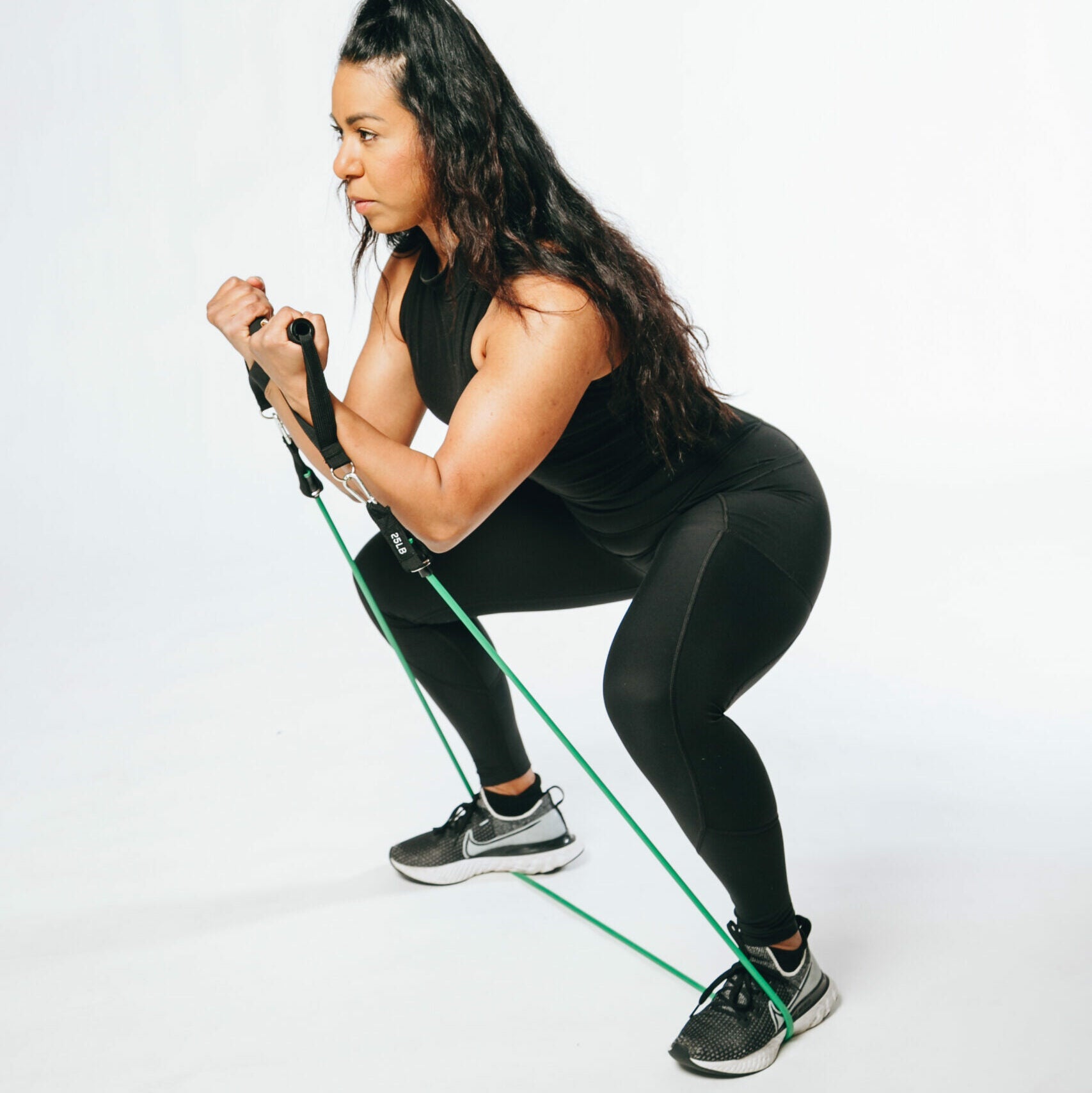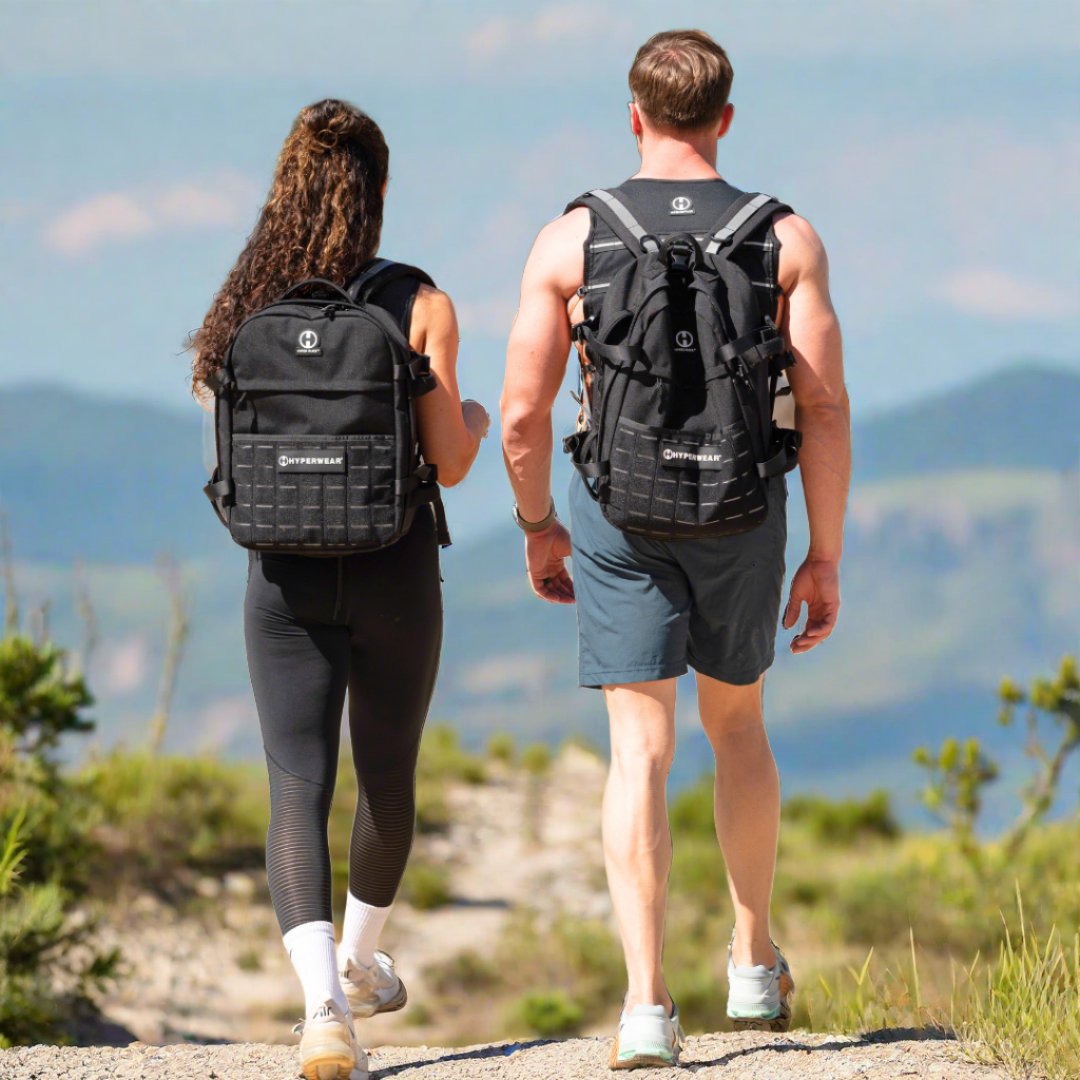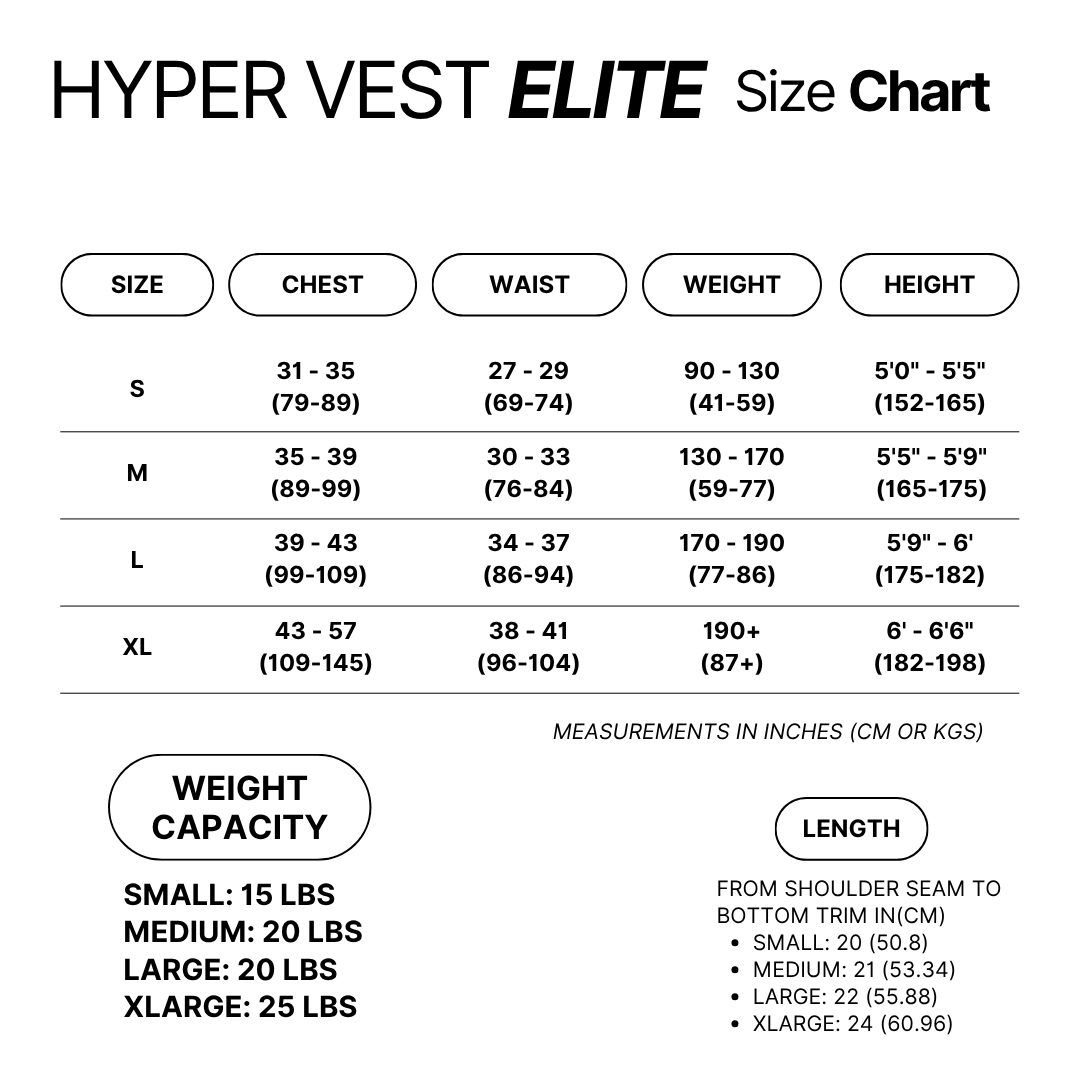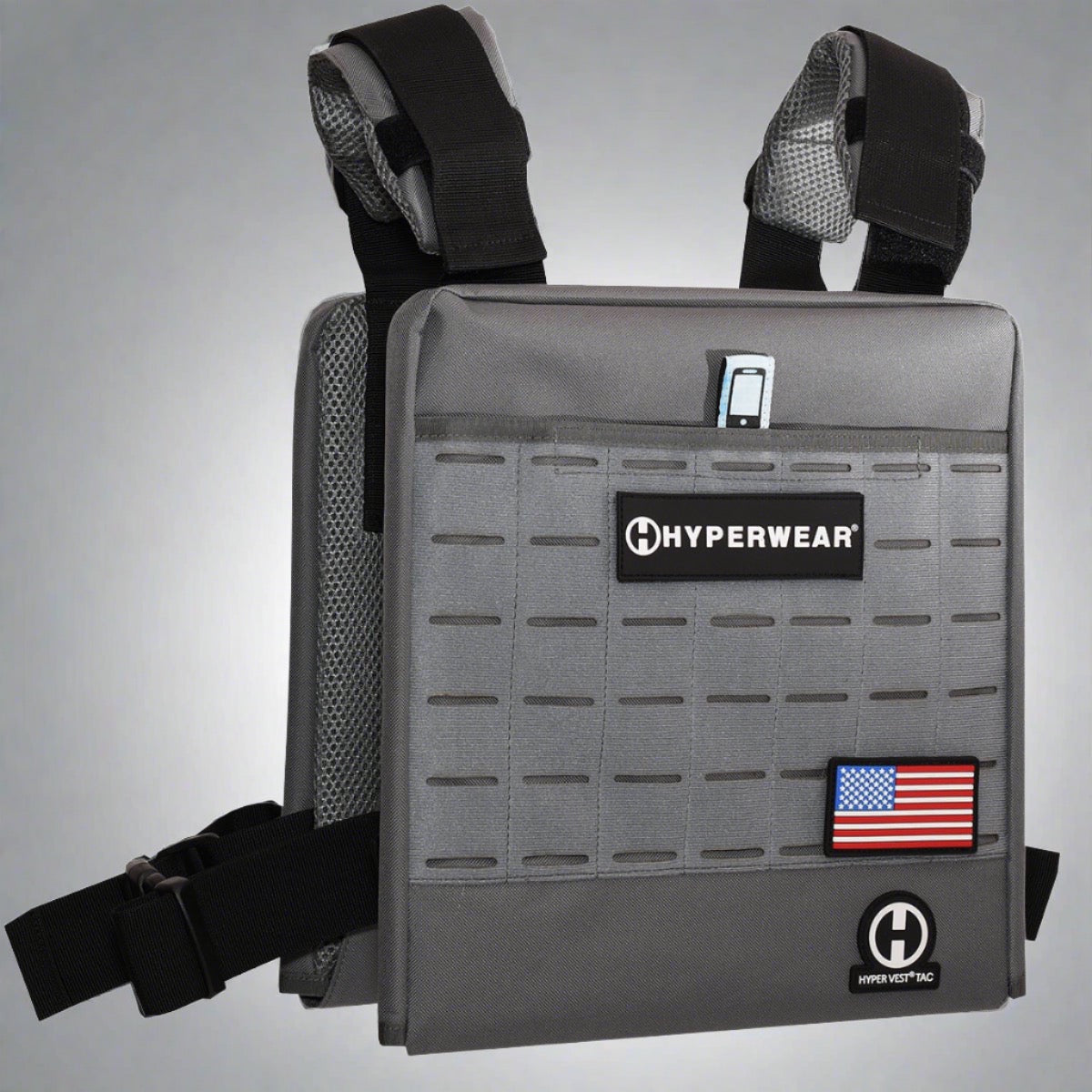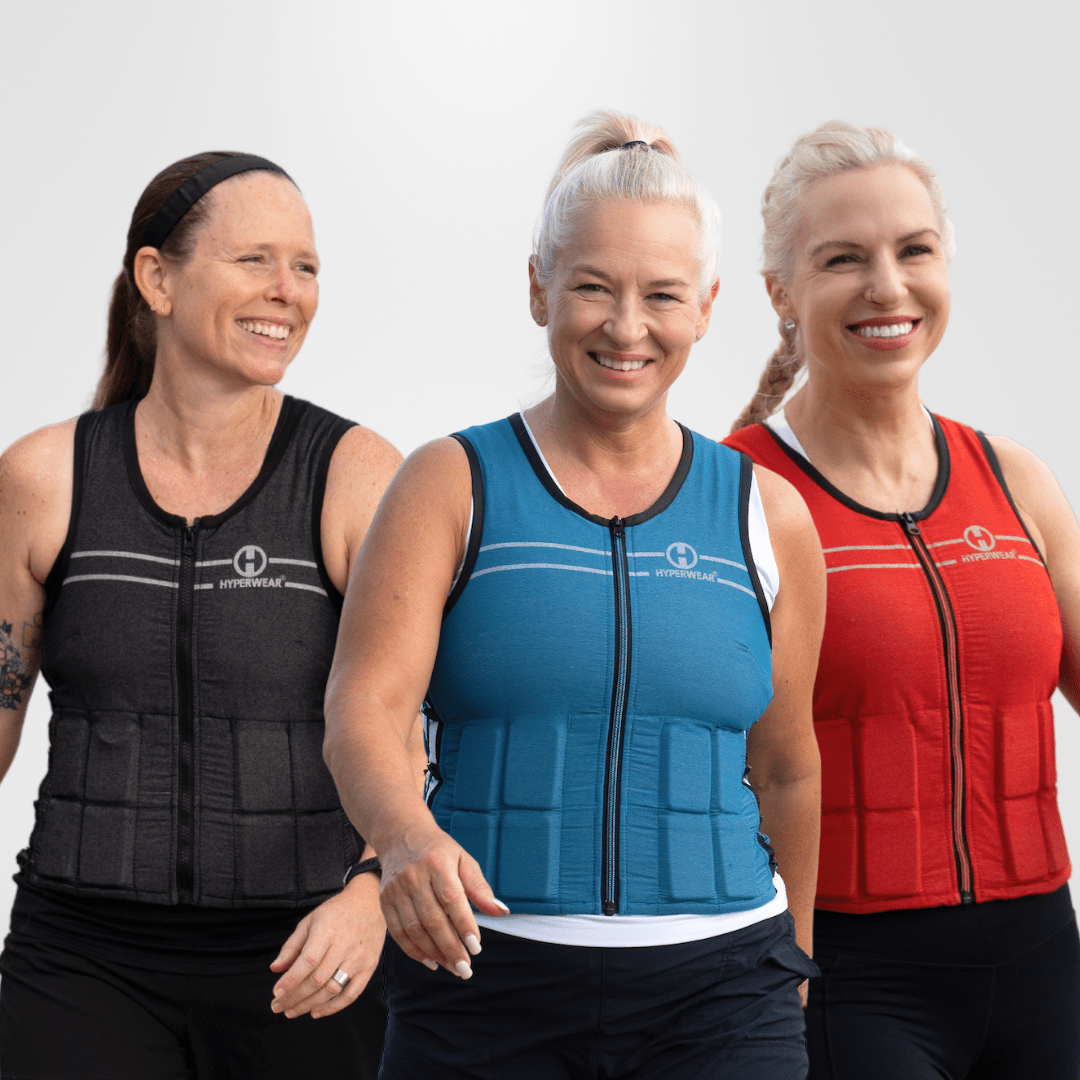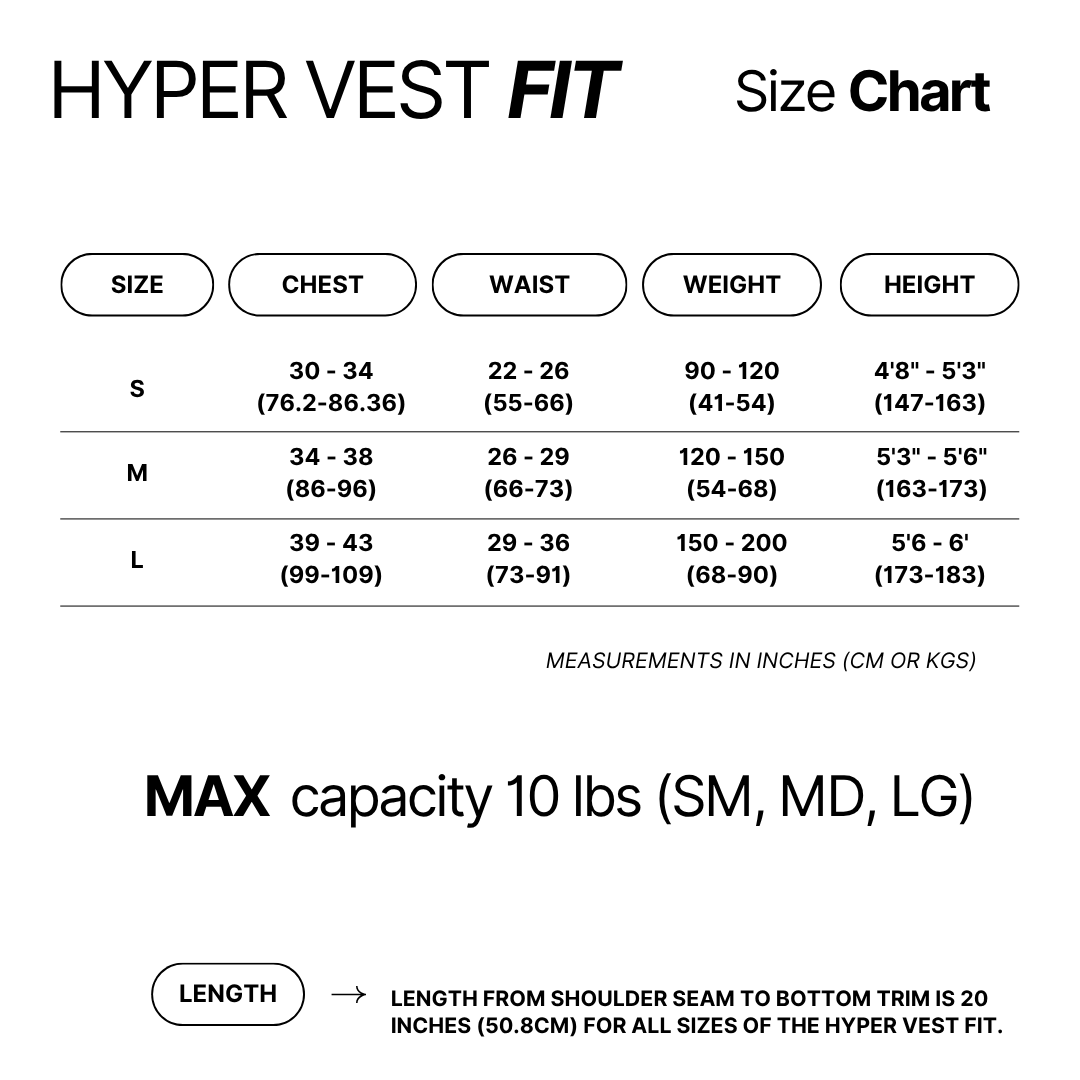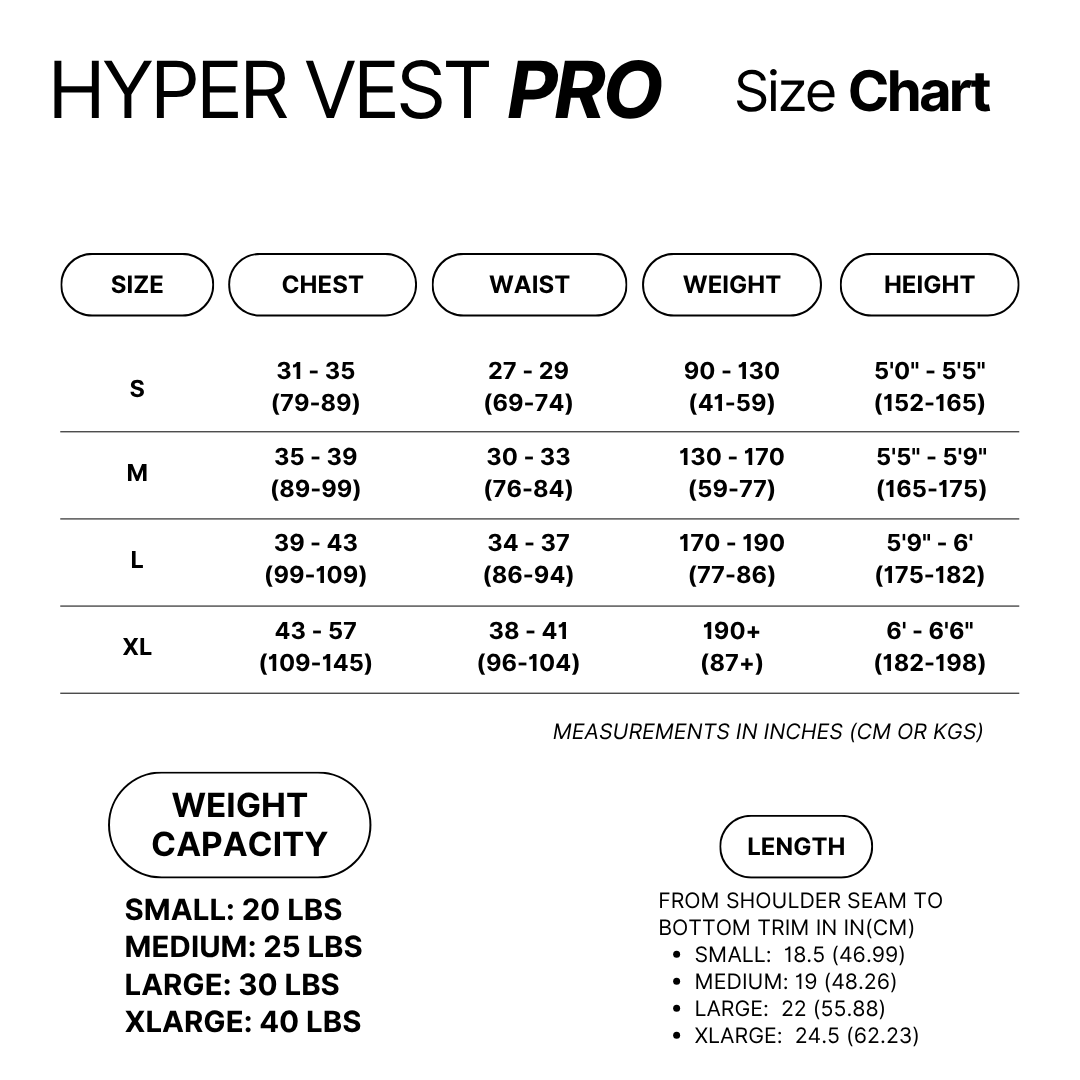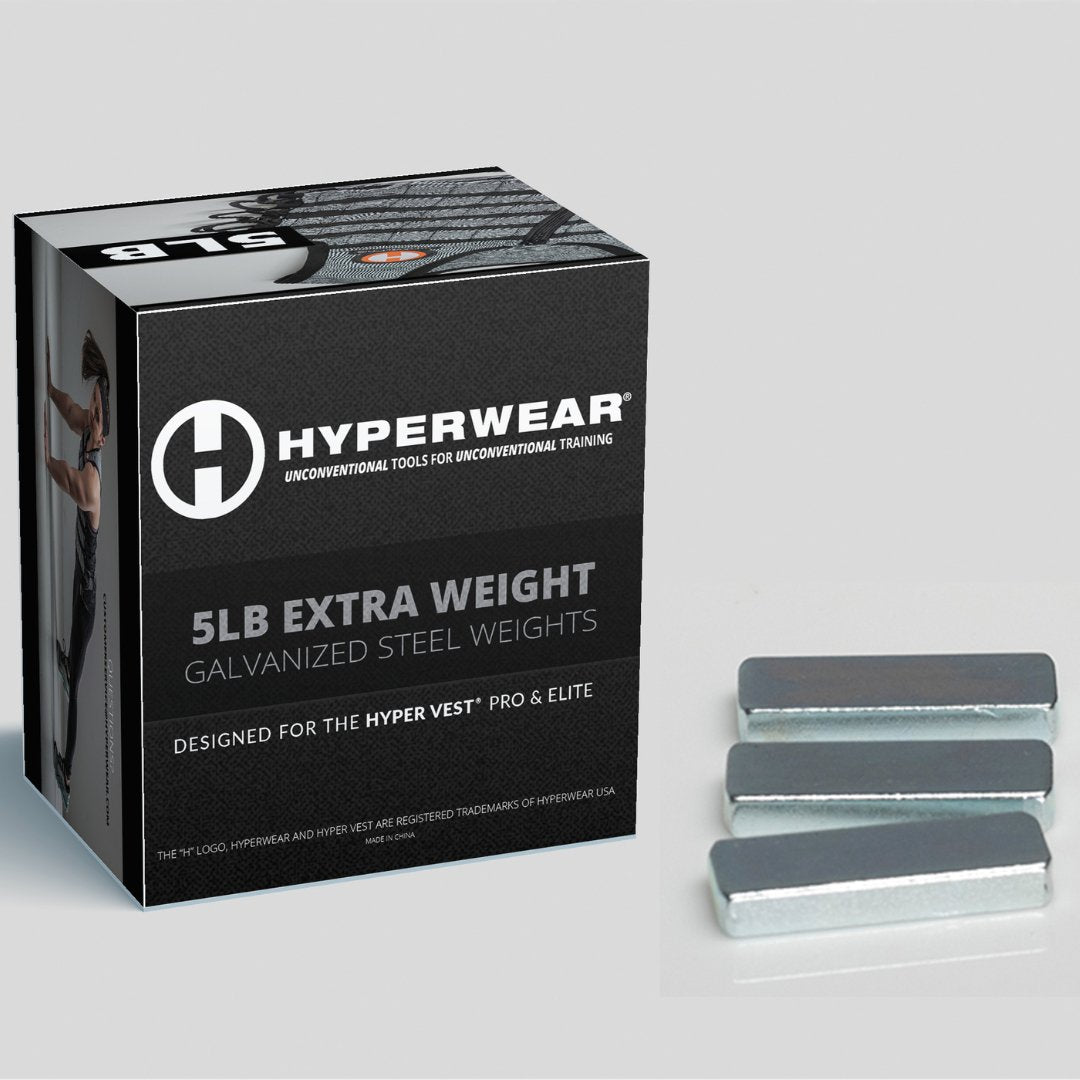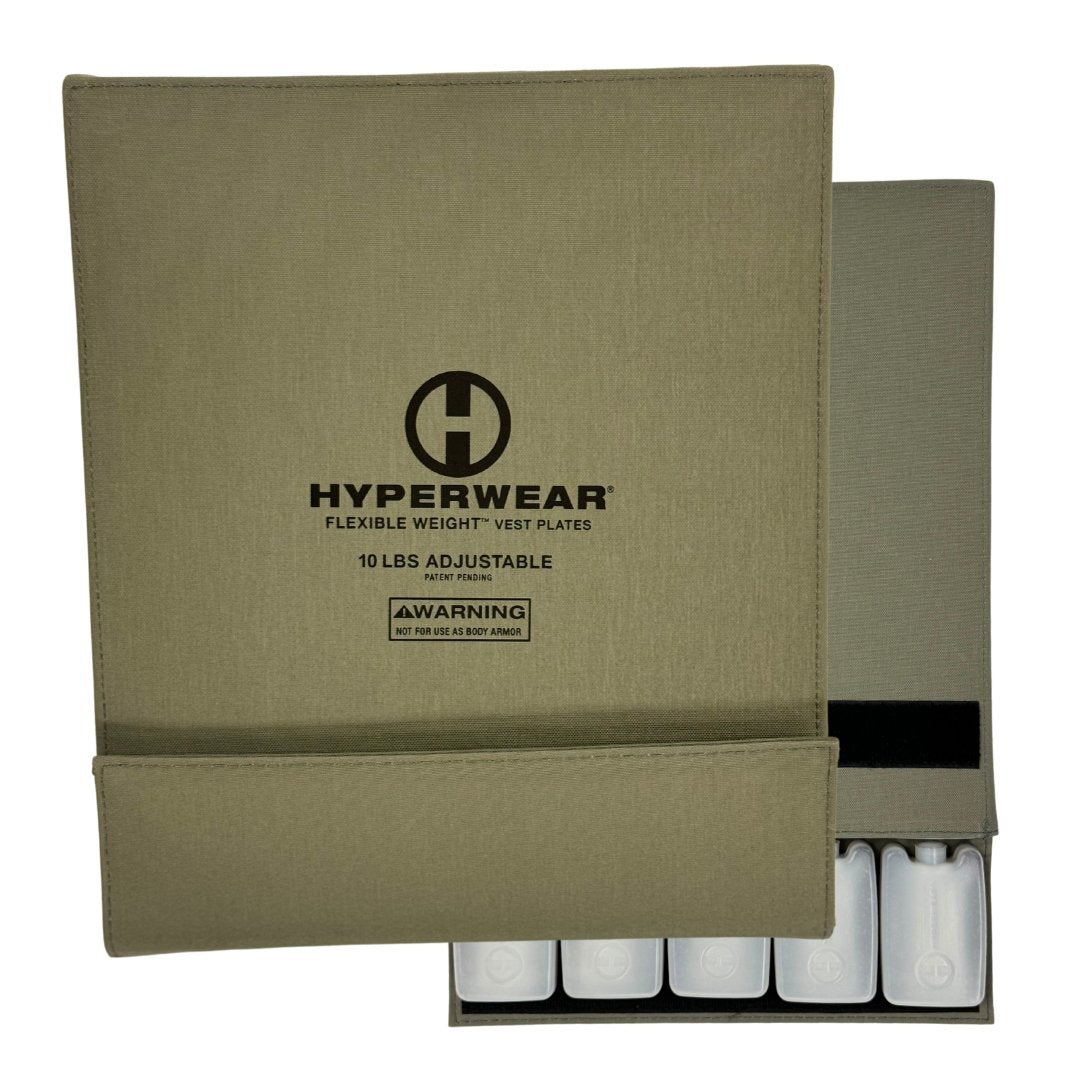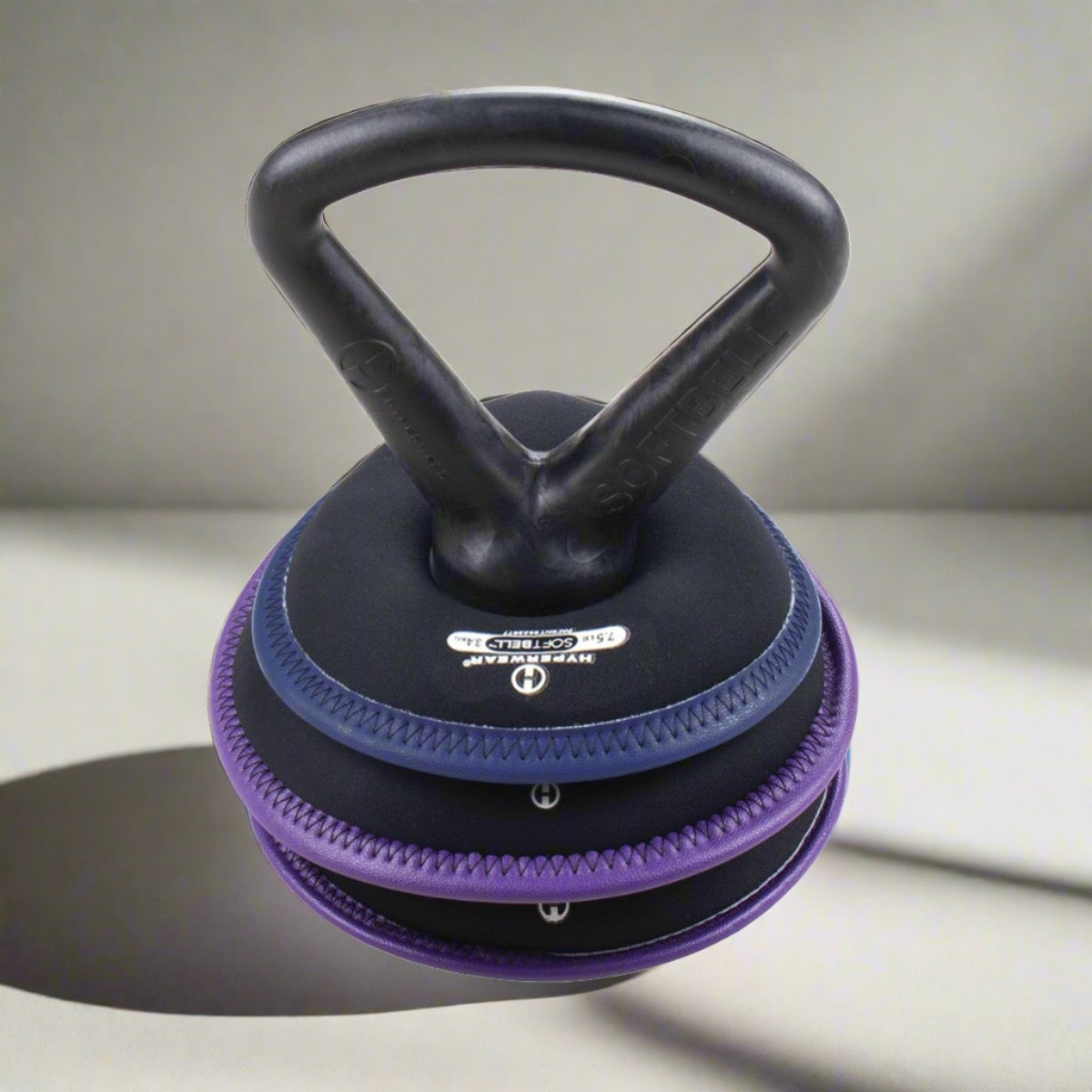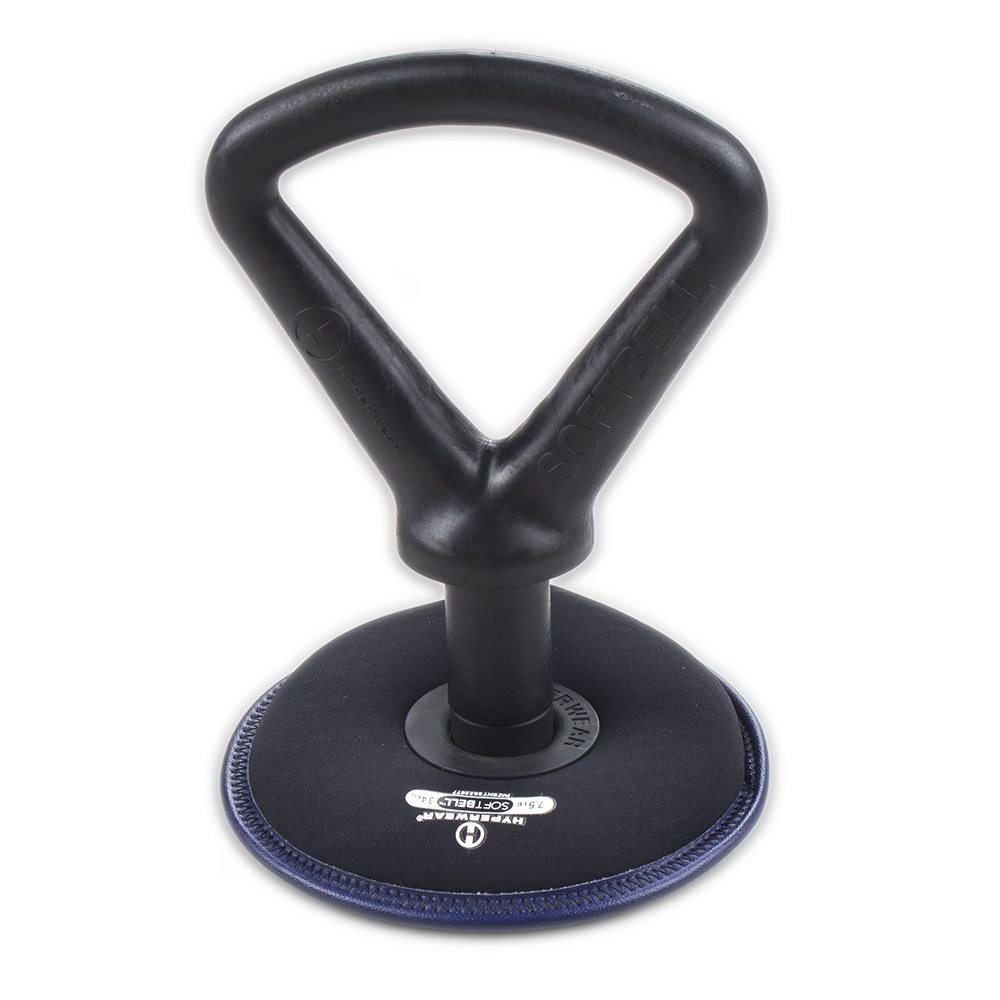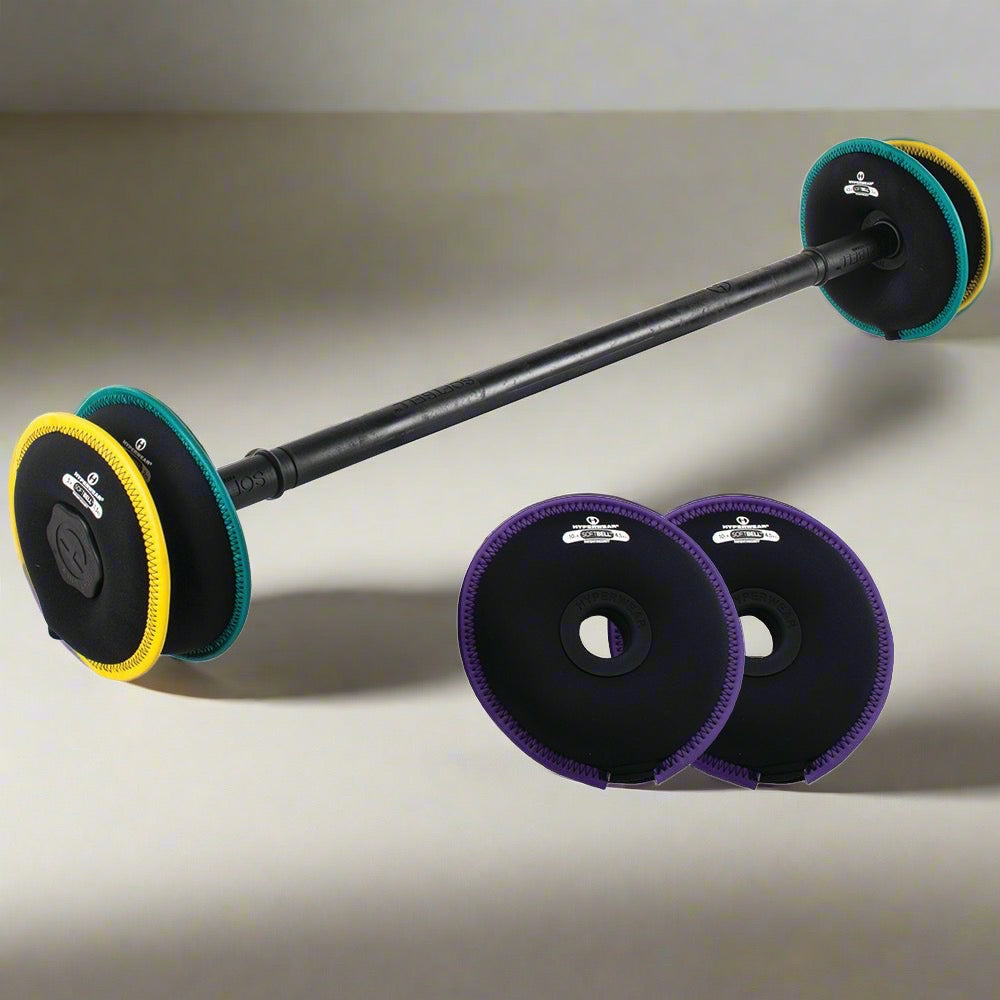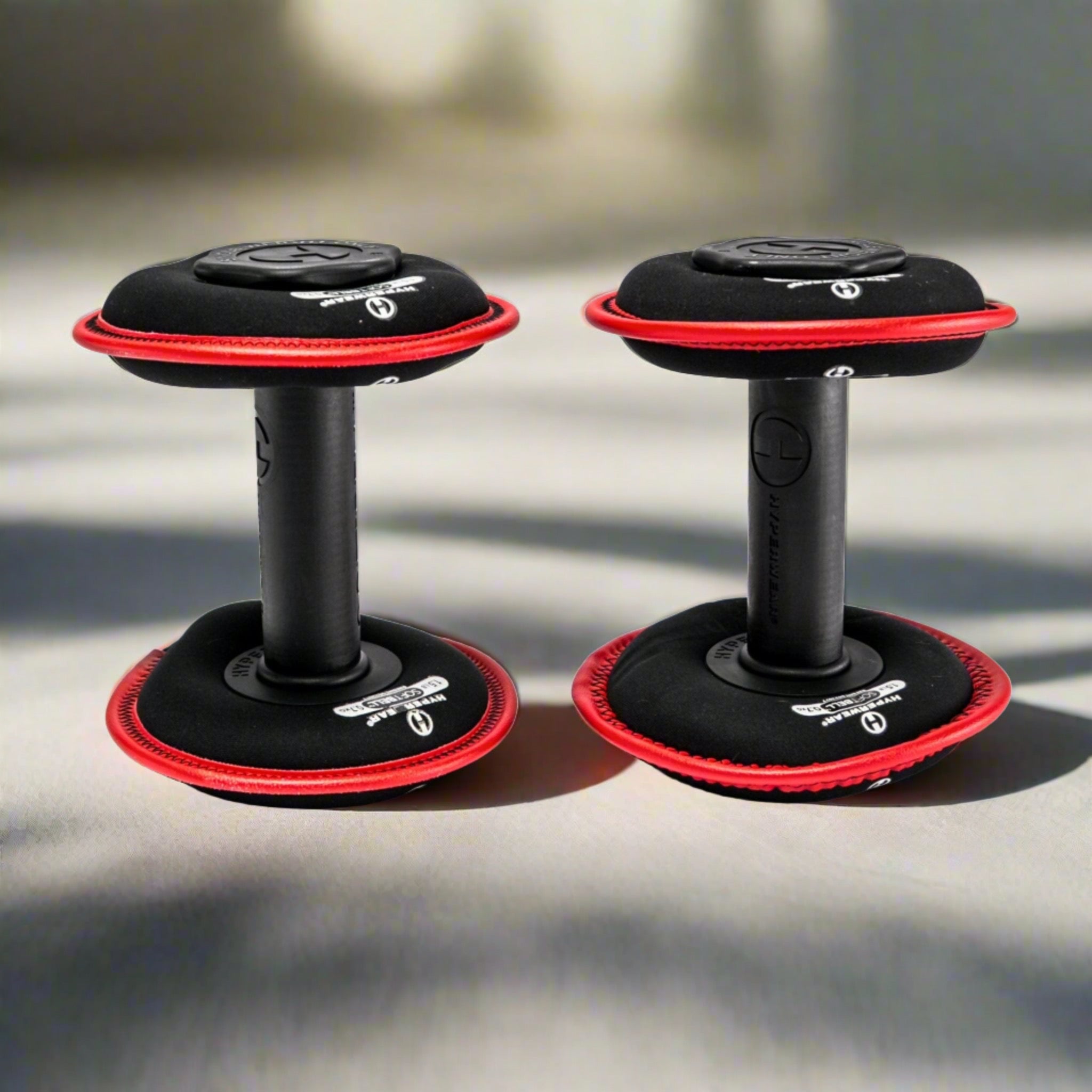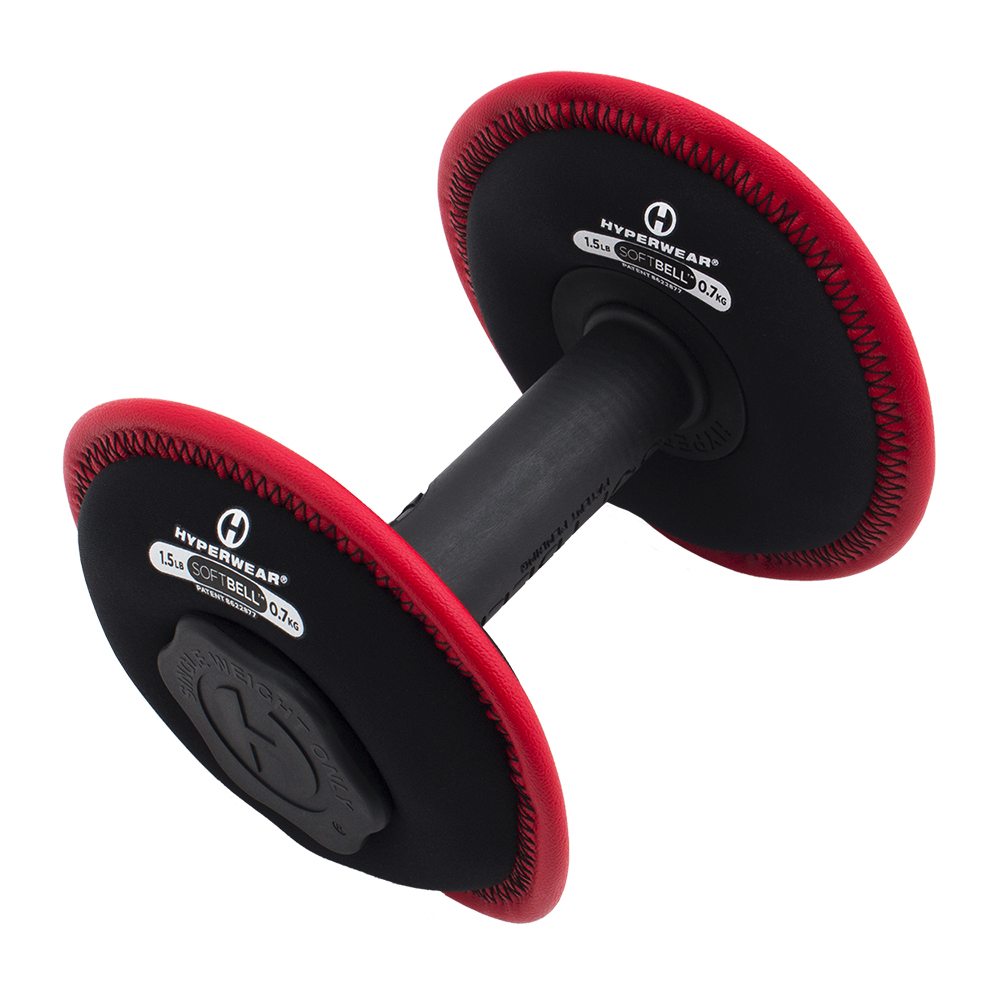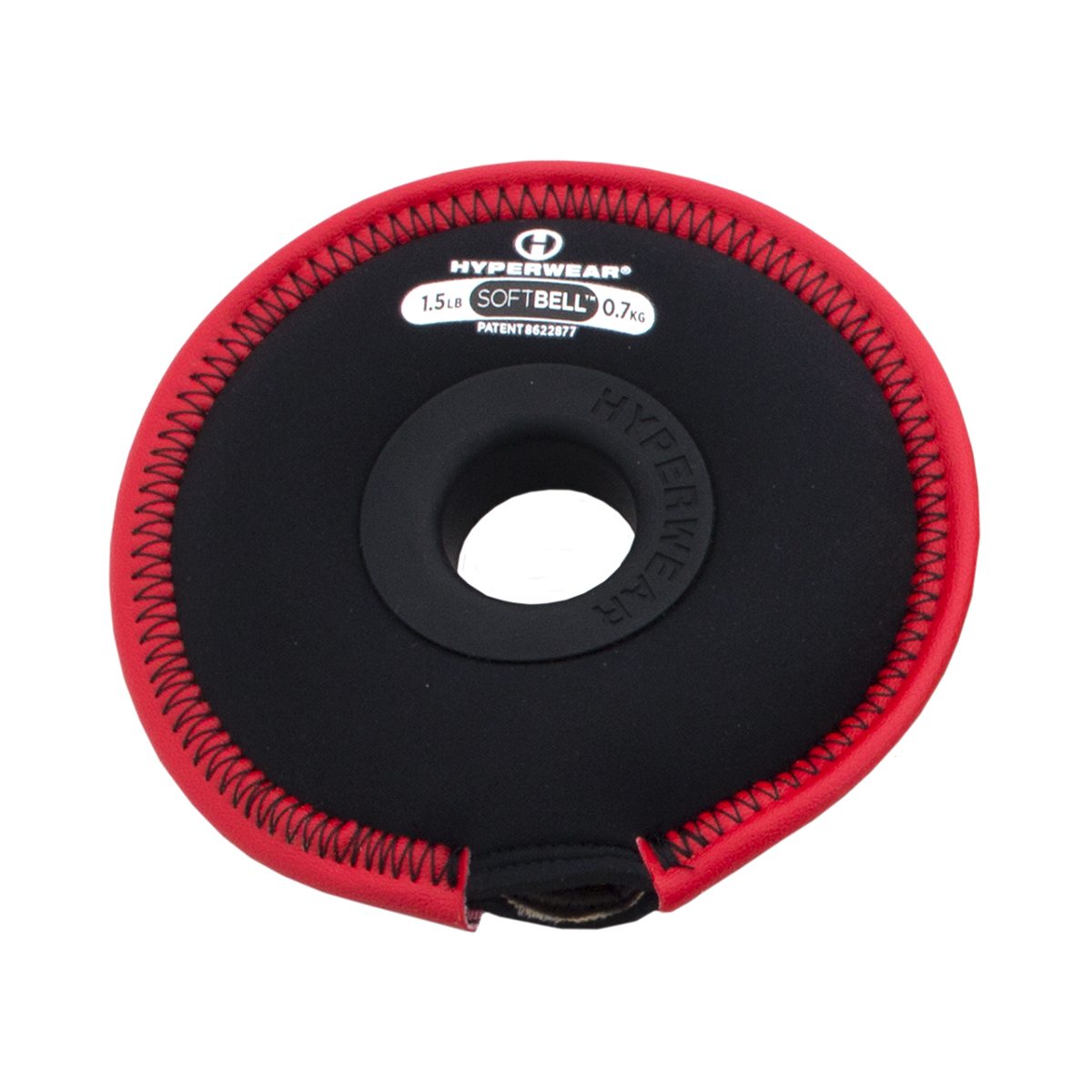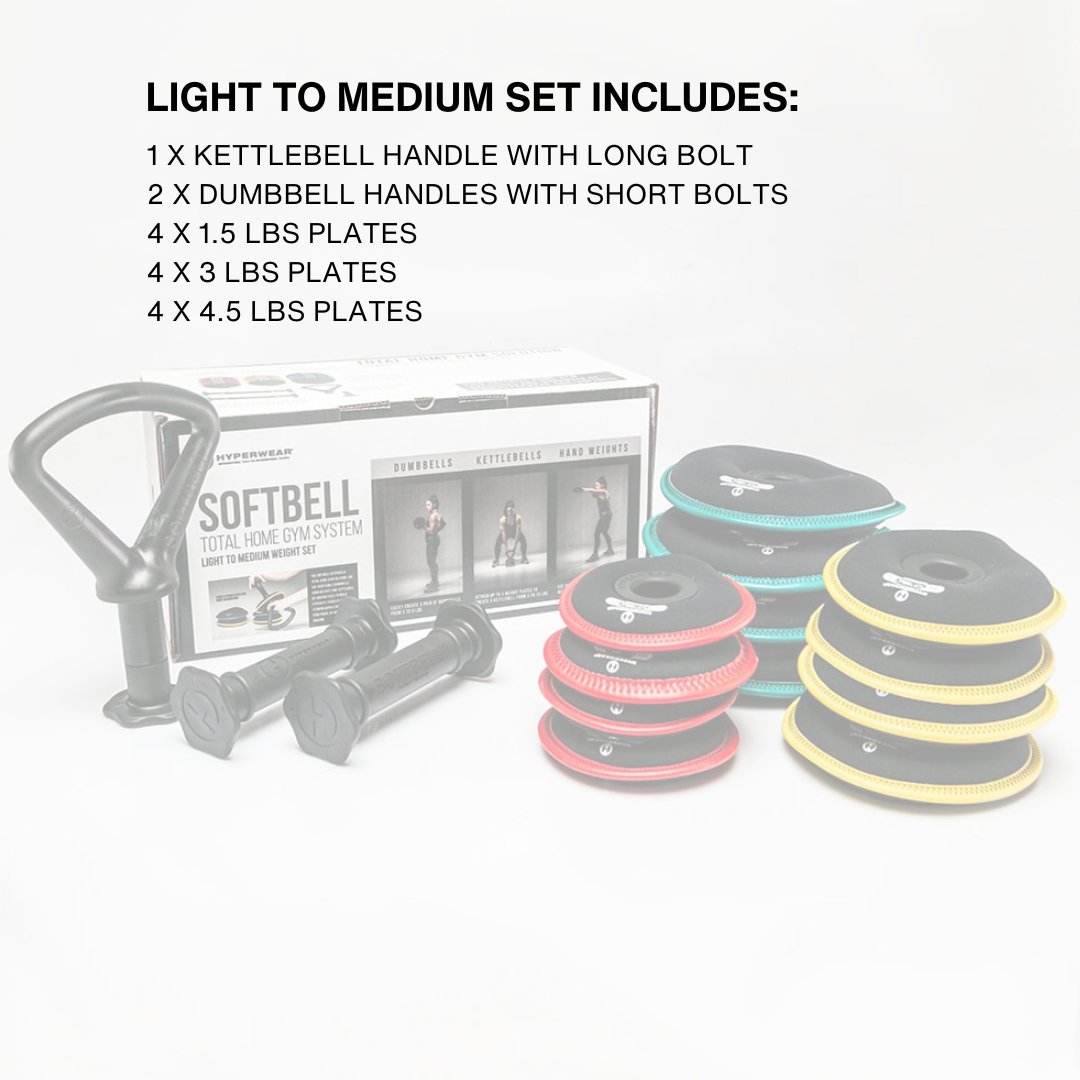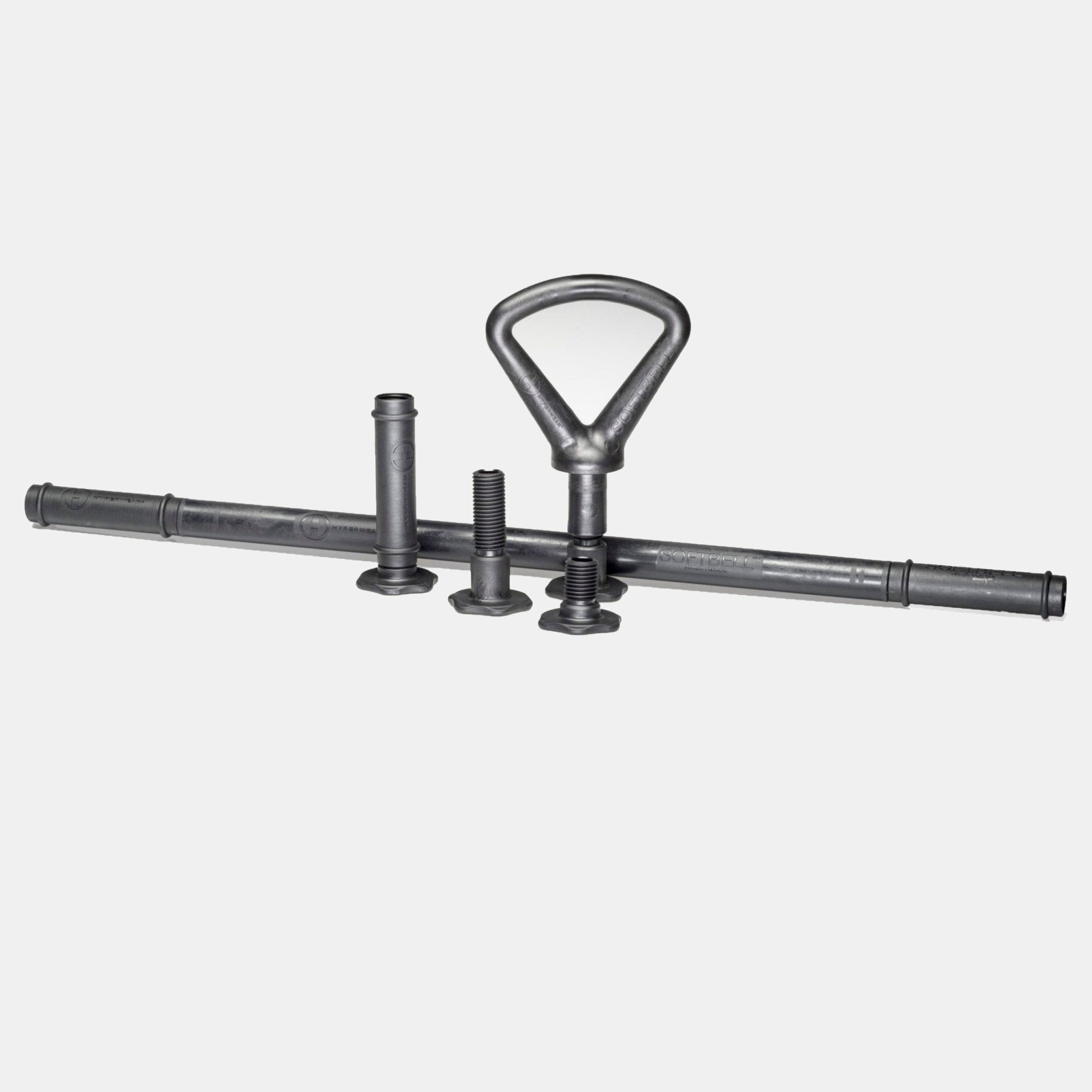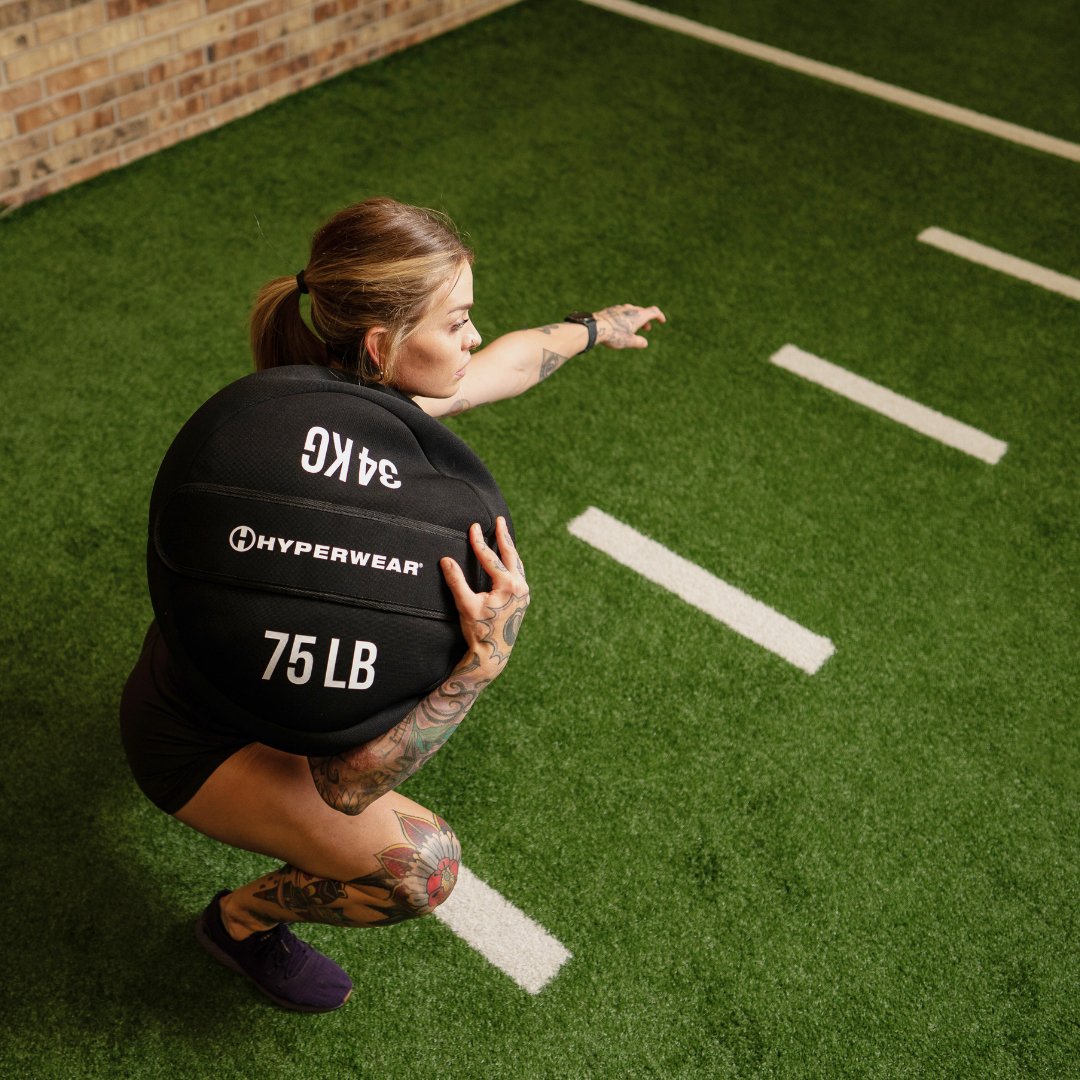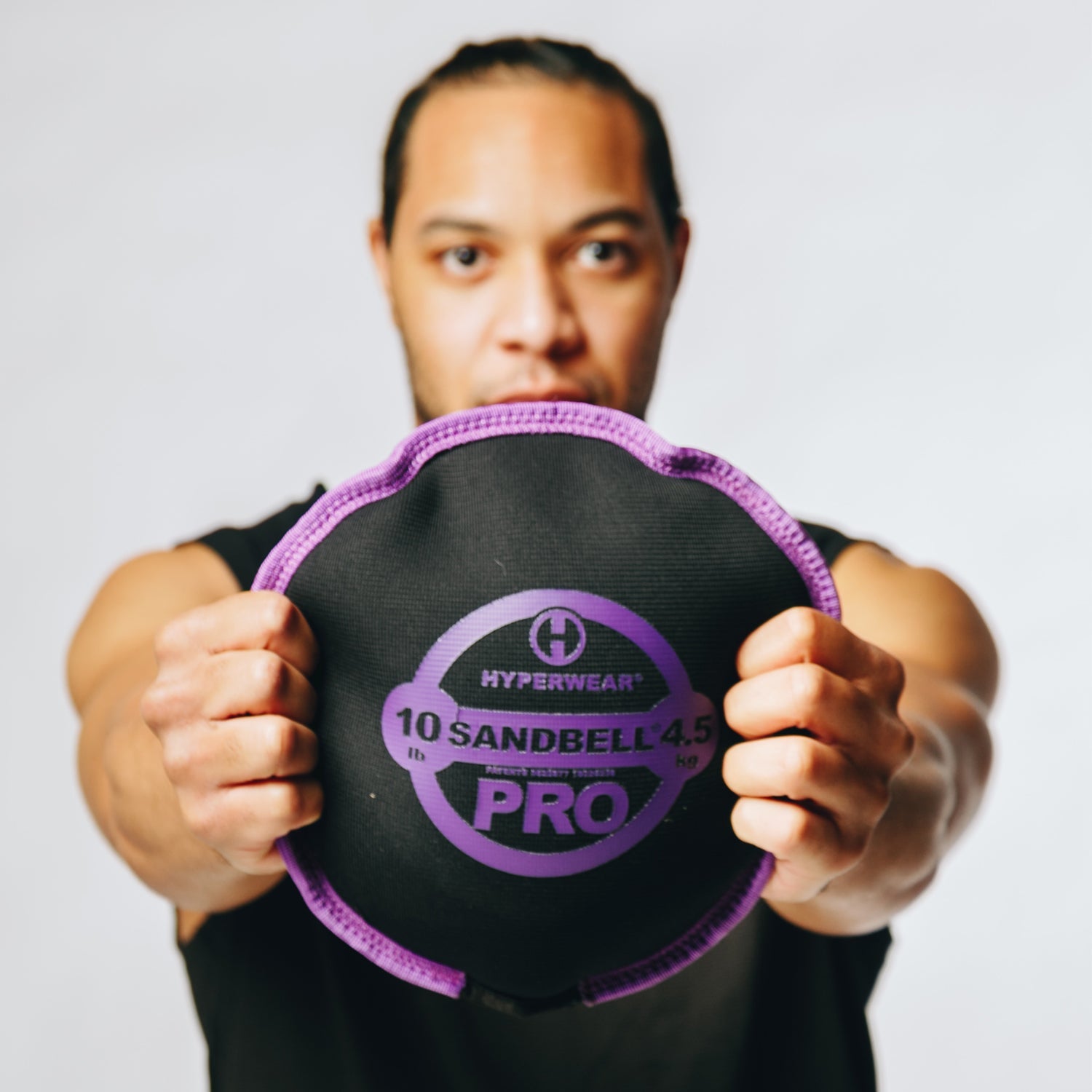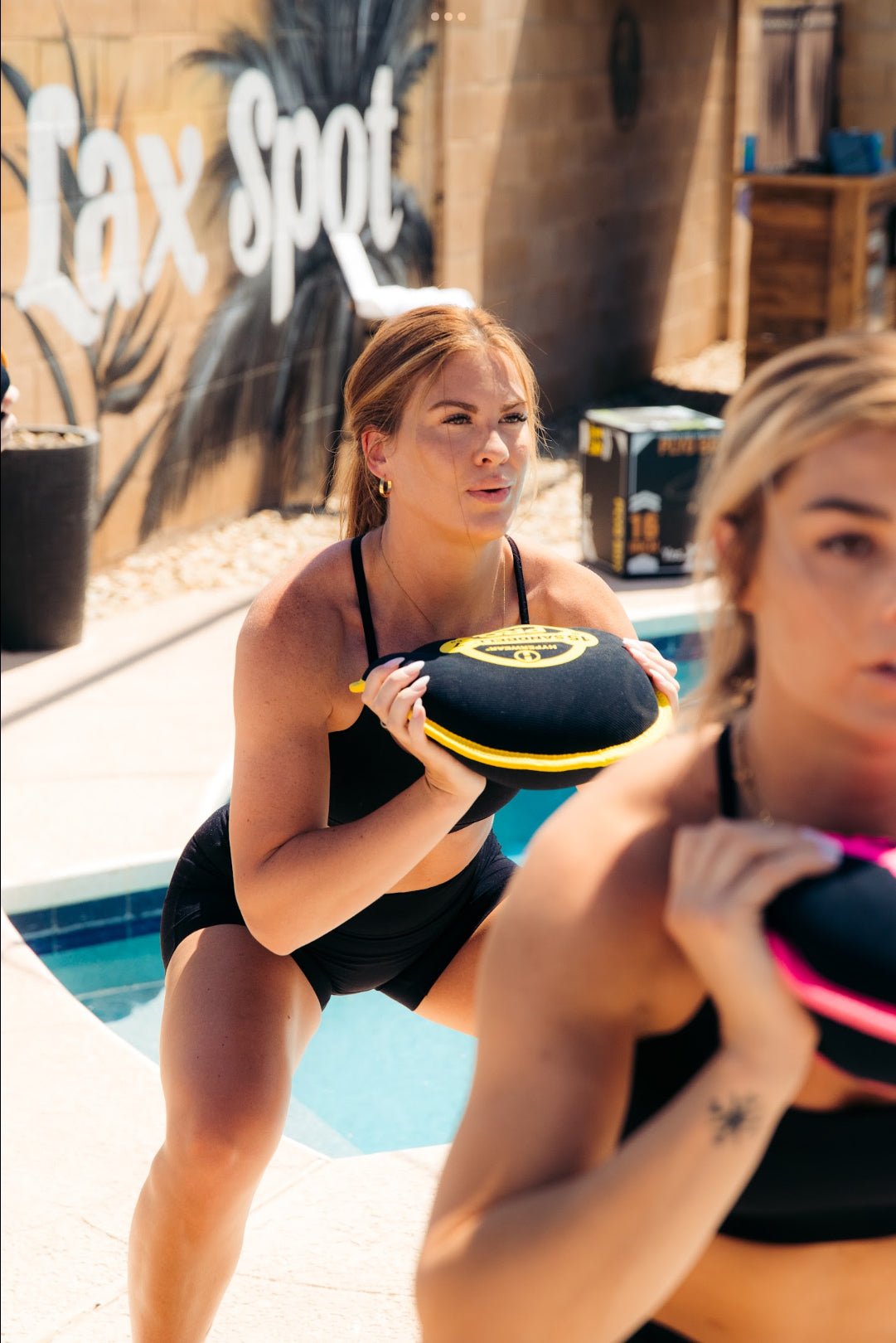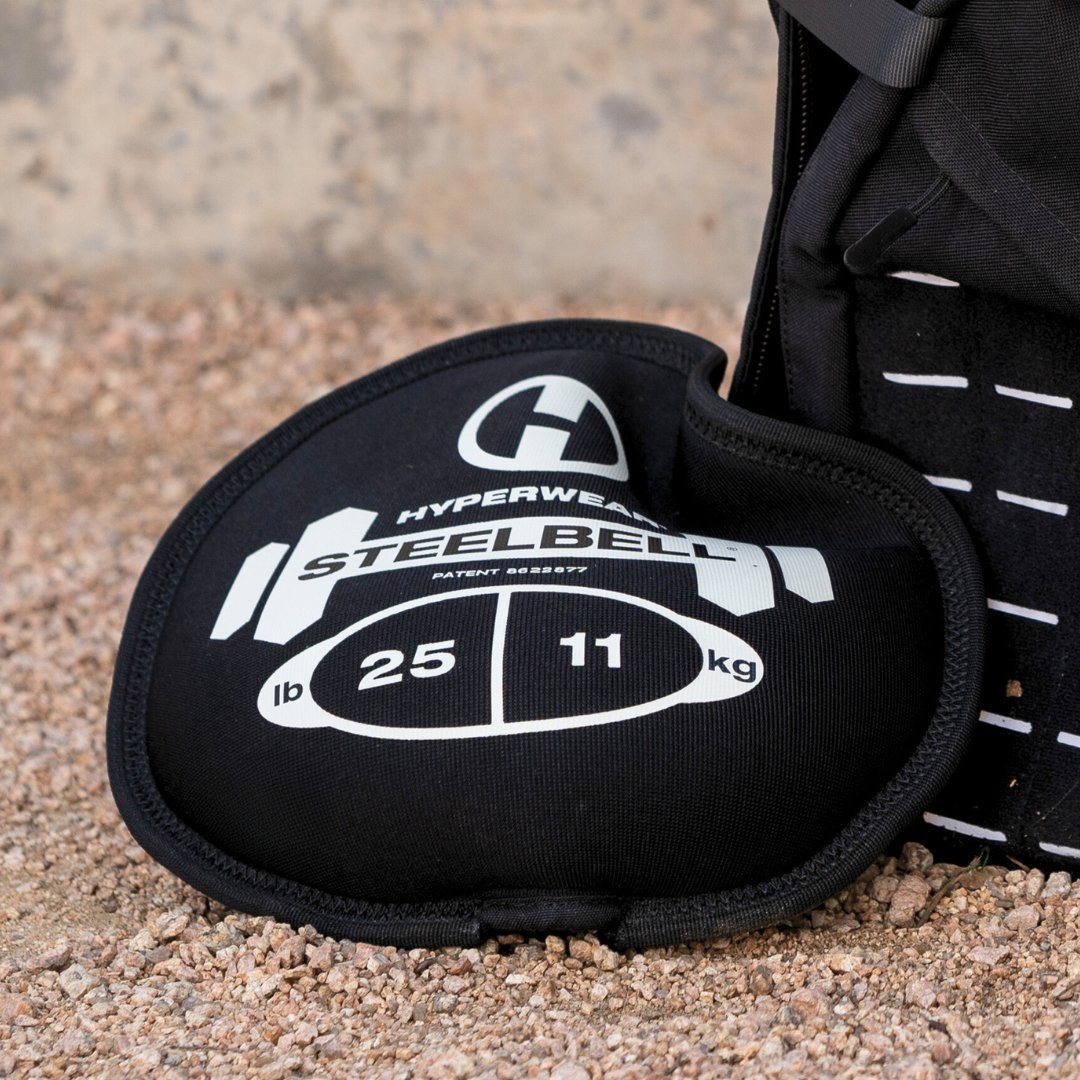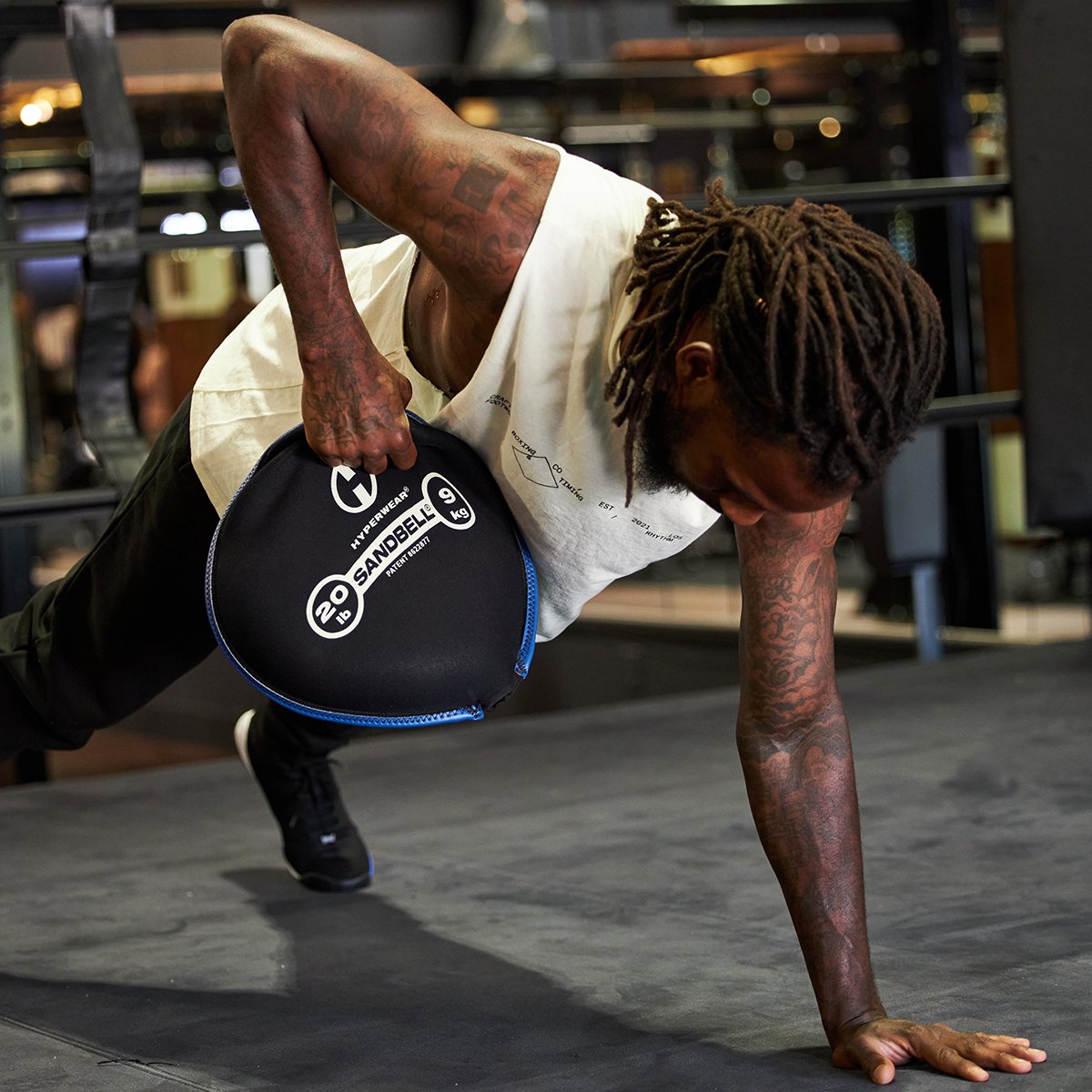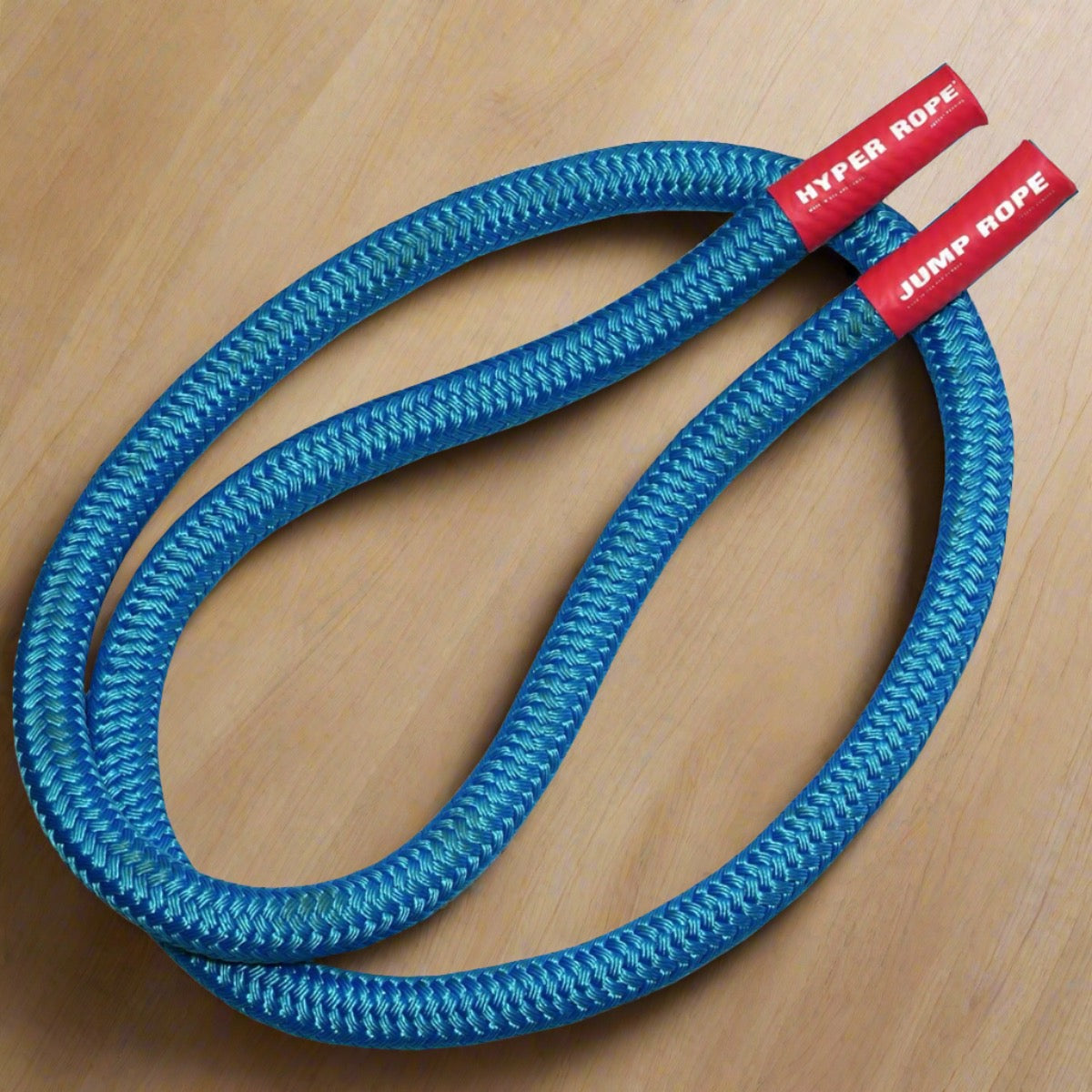Rucking is Fundamental Strength
Rucking, the practice of walking with a weighted backpack, is deeply embedded in the human story. Archaeological discoveries, such as the well-preserved remains of Ötzi the Iceman with his wooden-framed backpack, suggest that humans have been carrying loads on their backs for millennia. Ötzi's backpack frame, dating back to around 3300 BCE, is the oldest known ruck, showcasing evolutionary ingenuity in load-bearing. As our ancestors began to walk upright, freeing their hands, they also gained the hunter gatherer advantage of being able to carry with their hands. Carrying heavy loads with the assistance of a backpack was another massive step. Today we do rucking workouts for strength and health.
Modern humans continue this tradition with rucking, blending our evolutionary need for movement with contemporary fitness practices. In today's sedentary world, rucking addresses multiple health concerns, including obesity, cardiovascular disease, osteoporosis, and mental health issues. It's a versatile, low-impact workout suitable for all fitness levels, providing both aerobic and strength training benefits.
The Importance of Rucking Workouts
Modern lifestyles often lead to prolonged periods of inactivity, which can result in numerous health issues such as weight gain, heart disease, and poor mental health. Rucking is a practical solution to combat these problems, offering benefits like improved cardiovascular health, increased bone density, enhanced mental well-being, and effective weight management.
Adapting Rucking Workouts to Age and Fitness Levels
Rucking can be adapted to suit different ages and fitness levels. Here’s how you can tailor your rucking routine:
- Young Adults (18-35): Focus on building endurance and strength. Incorporate high-intensity rucking sessions with varied terrain and heavier weights.
- Middle Age (35-55): Balance between maintaining cardiovascular health and strength. Fight off conditions of aging like bone loss (osteopenia) and muscle loss (sarcopenia) Use moderate weights and mix in both steady-state and interval rucking workouts.
- Seniors (55+): Prioritize joint health, overall fitness, and mental health. Start with light weights, focus on flat terrains, and progressively increase the intensity. Go rucking outdoors and with friends to help with longevity.
Regardless of age, always start with a manageable weight and gradually increase as your strength and endurance improve. For most, lighter weights should be up to 10% of your body weight, and heavy will be about 30% of your body weight. Throw in hills, tempo, pace and intervals to get the benefits of variable training.
Heart Rate Training for Rucking Workout
Like all workouts, heart rate training is an effective way to monitor and optimize your rucking workouts. To reach higher heart rate zones, increase your weight with ruck plates, vary your pace, and vary your terrain to include hills. Watch out for your joints if running and learn about the shuffle step for lower impact rucking. Go faster by increasing your turnover of short strides instead of lengthening your stride. Here are suggested heart rate zones to target during your rucking sessions:
- Zone 1 (50-60% of Maximum Heart Rate): Warm-up and recovery rucking.
- Zone 2 (60-70% of Maximum Heart Rate): Light, steady-state rucking to build endurance.
- Zone 3 (70-80% of Maximum Heart Rate): Moderate intensity for aerobic capacity.
- Zone 4 (80-90% of Maximum Heart Rate): High-intensity interval rucking for cardiovascular and strength benefits.
- Zone 5 (90-100% of Maximum Heart Rate): Short bursts of maximum effort, used sparingly for advanced ruckers.
Use a heart rate monitor to stay within your target zones and ensure you're getting the most out of your workouts. Need more information about heart rate zones? Try this Cleveland Clinic guide to heart rate zones.
Rucking Workout Plans for Every Fitness Level
Beginner Rucking Plan
- Week 1-2: Light Start
- Frequency: 3 times a week
- Duration: 20-30 minutes
- Weight: 5-10 lbs
- Terrain: Flat
- Heart Rate Zone: Zone 2
- Week 3-4: Build Endurance
- Frequency: 3-4 times a week
- Duration: 30-40 minutes
- Weight: 10-15 lbs
- Terrain: Flat to slight inclines
- Heart Rate Zone: Zone 2-3
Intermediate Rucking Plan
- Week 1-2: Increase Intensity
- Frequency: 4 times a week
- Duration: 40-50 minutes
- Weight: 15-20 lbs
- Terrain: Mixed inclines
- Heart Rate Zone: Zone 3
- Week 3-4: Enhance Strength
- Frequency: 4-5 times a week
- Duration: 50-60 minutes
- Weight: 20-25 lbs
- Terrain: Varied
- Heart Rate Zone: Zone 3-4
Advanced Rucking Plan
- Week 1-2: High Intensity
- Frequency: 5 times a week
- Duration: 60-70 minutes
- Weight: 25-30 lbs
- Terrain: Hilly
- Heart Rate Zone: Zone 4
- Week 3-4: Maximum Effort
- Frequency: 5-6 times a week
- Duration: 70-90 minutes
- Weight: 30-35 lbs
- Terrain: Challenging terrains
- Heart Rate Zone: Zone 4-5
Strength Training with a Rucking Backpack
Exercises Using the Hyper Ruck™
The Hyper Ruck backpack features multiple handles that facilitate a range of strength training workouts, enhancing its functionality beyond rucking. Here are some basic exercises:
- Front and Back Loaded Squats
- Utilize the handles on the front and back of the Hyper Ruck to perform squats, engaging your core and lower body.
- Deadlifts
- Hold the bottom handles to perform deadlifts, strengthening your back, hamstrings, and glutes.
- Power Cleans and Presses
- Use the side handles to lift the ruck from the ground to your shoulders and then press overhead, targeting your entire body.
- Loaded Lunges
- Perform lunges while holding the ruck by the top handle, challenging your balance and leg strength.
- Kettlebell Swings
- Grip the bottom handle and swing the ruck between your legs and up to shoulder height, working your hips and lower back.
Benefits of Rucking for Health
Obesity and Weight Loss
Rucking burns more calories than walking, aiding in weight management and obesity prevention. The added weight increases the intensity of the workout, helping to shed pounds more efficiently.
Cardiovascular Health
The added weight increases the cardiovascular demand, improving heart health and endurance. Regular rucking can lower blood pressure, reduce bad cholesterol levels, and decrease the risk of heart disease.
Osteoporosis Prevention
Weight-bearing exercises like rucking enhance bone density, reducing the risk of osteoporosis. The mechanical load on the bones during rucking stimulates bone growth and strength.
Muscle Loss Prevention
Strength training mitigates the aging process where we lose muscle mass and function (sarcopenia). We lose about 3-8% of muscle mass per decade after the age of 30.
Mental Health
The rhythmic nature of rucking, combined with the outdoors, reduces stress and improves mental well-being. Physical activity like rucking releases endorphins, which help alleviate anxiety and depression. Exercise is also believed to be beneficial for prevention of or reducing the symptoms of Alzheimers.
Improved Muscle Strength and Endurance
Rucking engages multiple muscle groups, including the legs, core, back, and shoulders, building overall strength and endurance.
Tracking Your Rucking Progress
Several apps can help you track your rucking workouts, monitor your progress, and stay motivated. Dedicated rucking apps are just beginning to emerge. Try using a combination of apps and keep notes:
- Strava: Track your rucking routes, distance, pace, and elevation. Connect with other ruckers for motivation.
- MapMyWalk: Log your rucking workouts, track your stats, and set goals.
- Garmin Connect: Sync your rucking data from Garmin devices to track heart rate, distance, and more.
- Runtastic: Track your rucking activities, monitor your progress, and set personal records.
- Apple Fitness+: Good heart rate tracking. Use the walking tracker.
Rucking with Friends for Mental Health and Longevity Benefits
Engaging in rucking with a friend or in a group offers numerous mental health and longevity benefits. Strong social connections significantly improve mental well-being and physical health, contributing to increased life expectancy. Social interactions during group activities like rucking reduce stress and anxiety, enhance mood through the release of endorphins, and increase motivation by providing a sense of accountability and support. Furthermore, consistent group exercise helps maintain long-term fitness habits, reduces the risk of chronic diseases, and fosters cognitive resilience through meaningful conversations and cognitive engagement. Therefore, rucking in a group not only makes the activity more enjoyable but also promotes a healthier, longer life. (Read more at the NIH website: "Social Relationships and Health: A Flashpoint for Health Policy")
To experience these benefits, seek out a local rucking club - meet new people, stay motivated, and engage in regular group workouts. For example, the Austin Rucking Club offers a welcoming community for ruckers of all levels. They organize regular rucking events, provide support and encouragement, and create a sense of camaraderie among members. Whether you're new to rucking or an experienced enthusiast, participating in a local rucking club can enhance your fitness journey and improve your overall well-being.
Conclusion: Start Your Rucking Journey Today
Before beginning any new fitness program, consult with your doctor to ensure it's appropriate for your health condition. Start with light weights and progressively increase the load as your strength and endurance improve.
Embrace the tradition of rucking with the Hyper Ruck, designed to provide maximum versatility and comfort. Ready to elevate your fitness journey? Check out the Hyper Ruck rucking backpack by Hyperwear and start rucking today!






